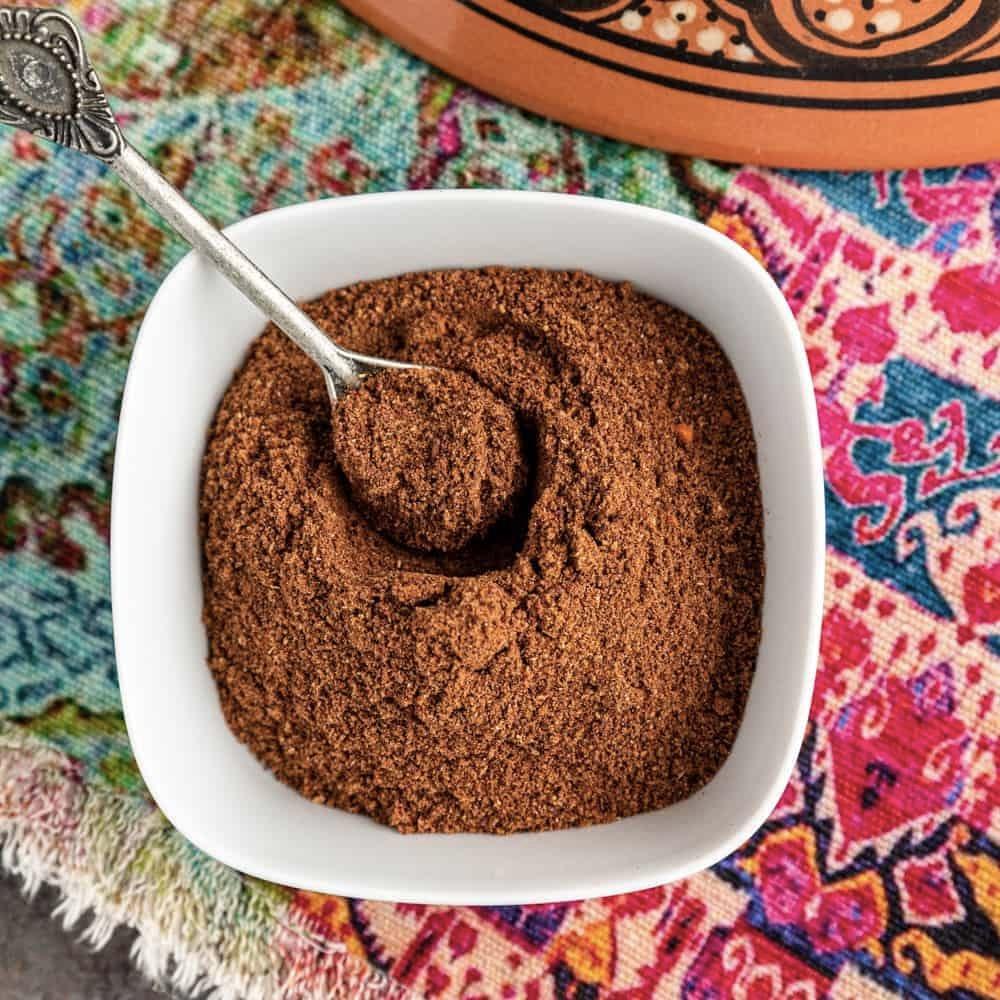












I n g e d
Red e i
Ye i
Ga ic














I n g e d
Red e i
Ye i
Ga ic
Wa e O he ea i g f ch ice
Adda ca be ea e a a , e , i h i h ea a d ca be ai ed i h ice, b ead, b h i ca be a ai di h e ed a g ide a ad a a acc a i g ide
1. 2. 3
4 5
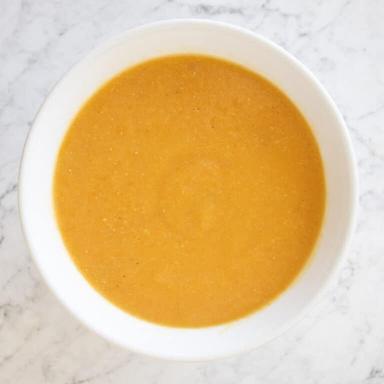
Wa h e i i a e c ea he a Pee a d ch a ege ab e a e i addi i he i a d ga ic
P he a edi high hea a d add e gh i c e he b f he a d a i hea
Add i ege ab e a d a i a ce
Add i he d ai ed e i a e a a ea i g d i e e ( e ic, a i a, c i , c ia de , e c)
Addas as once used as a currenc and it s alue as orth its eight Lentils are one of the first domesticated crops that as eaten during Neolithic periods
Lentils themsel es are a plant based protein and contain nutrients such as antio idants iron potassium magnesium folate inc and itamin b
There are bro n green red and other specialt lentils that are reser ed for certain dishes or are cooked certain a s to achie e a distinct te ture E some are better for ste s hile others are heartier and can be used as meat substitutes
Lentils are heart health and impro e the condition of a person s cardio ascular s stem The magnesium specificall helps to rela eins and impro e blood flo
India is the orld s largest consumer of lentils and other legumes and is the second largest producer of them A popular traditional dish made ith lentils is called Dal
Countries here lentils are commonl eaten include but are not limited to Sudan South Sudan Eg pt Lebanon S ria Jordan Palestine Morocco and man others


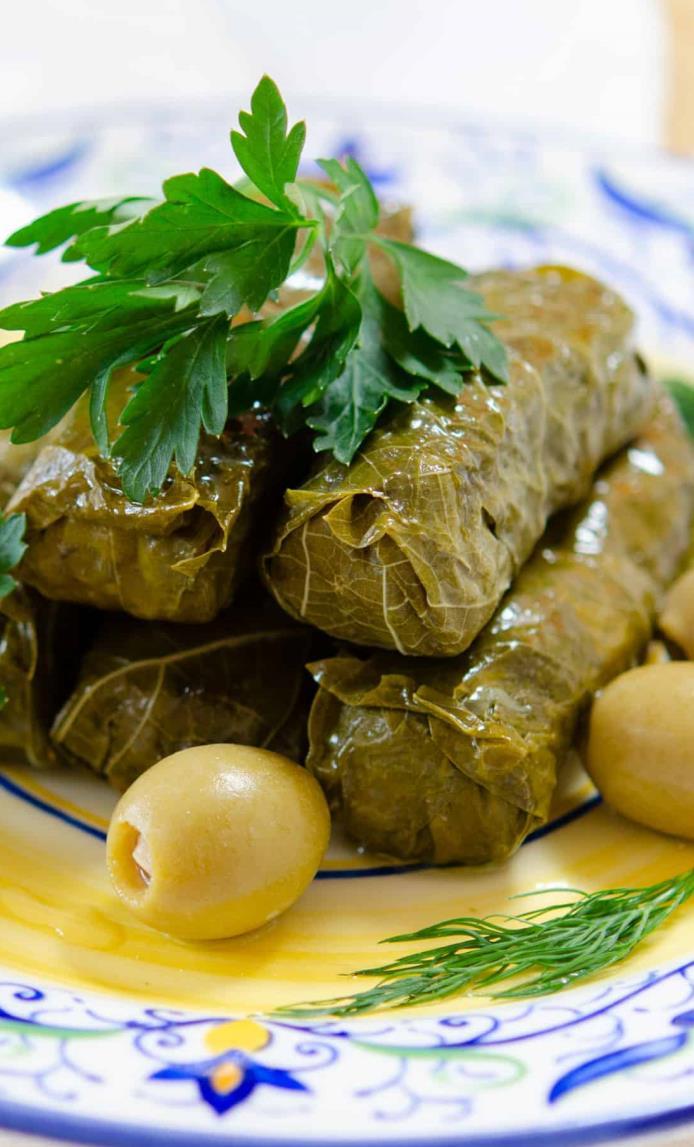

In some region is called sarma or wara nab Divided into vegetarian, meat or mixed Tradition is passed through parent -child relationship


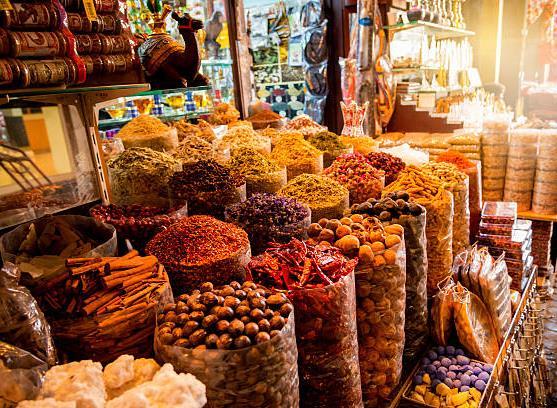

The Tradition of Cooking and Sharing Dolma as a Sign of Cultural Identit Google Arts & Culture, artsandculture.google.com/story/the-tradition-ofcooking-and-sharing-dolma-as-a-sign-of-culturalidentity -heydar-aliyev-center/4AVx4MAZL9nLQ?hl=en. Accessed 19 Oct. 2022.
Karadsheh Su BEST Stuffed Grape Leaves Dolmas The Mediterranean Dish, 2 Feb. 2021, www.themediterraneandish.com/stuffed-grapeleaves -dolmades.
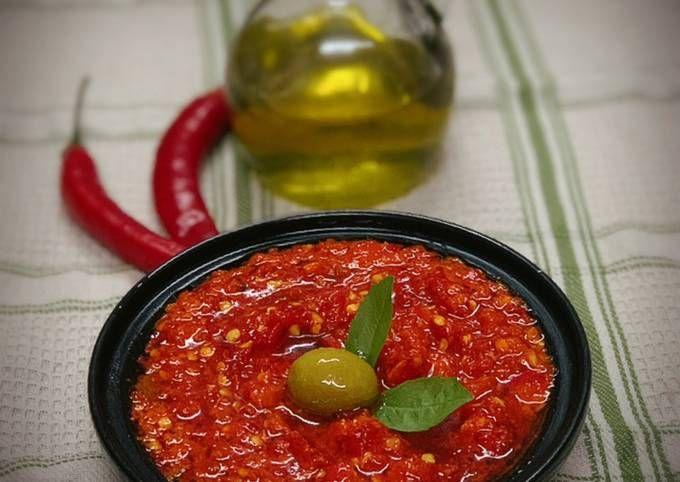
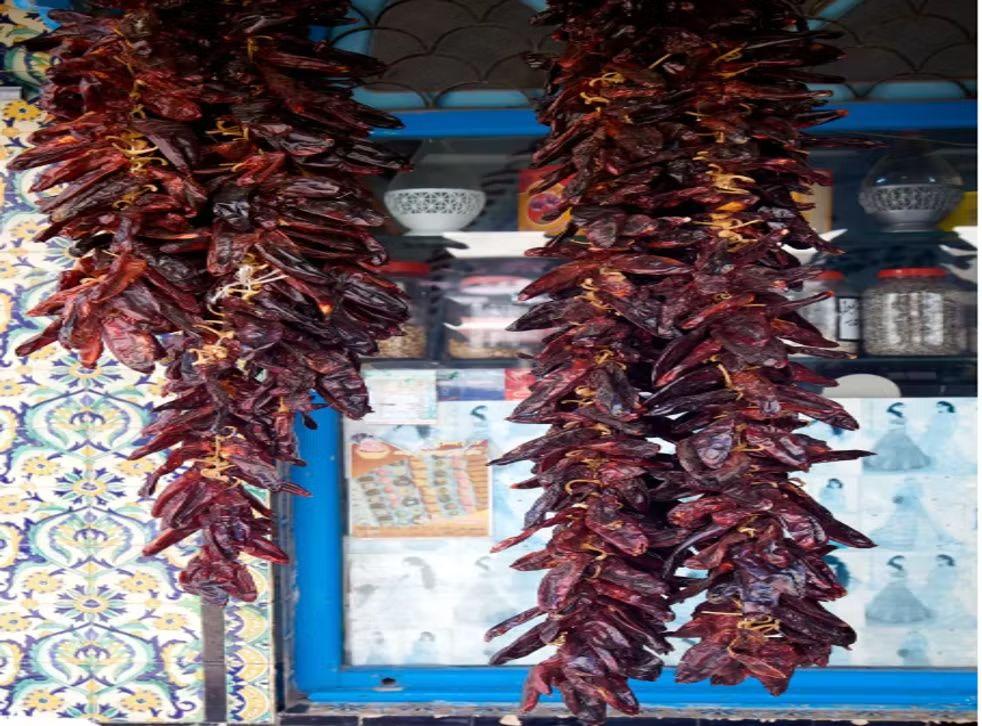
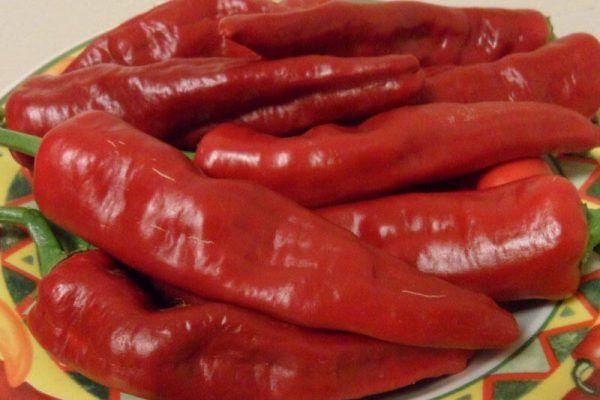
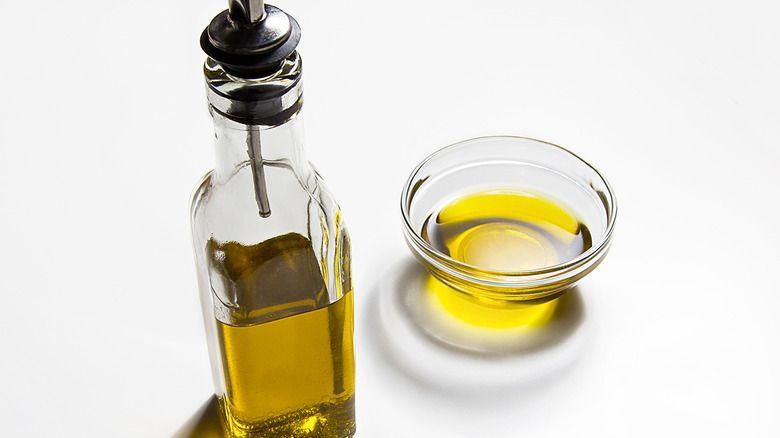

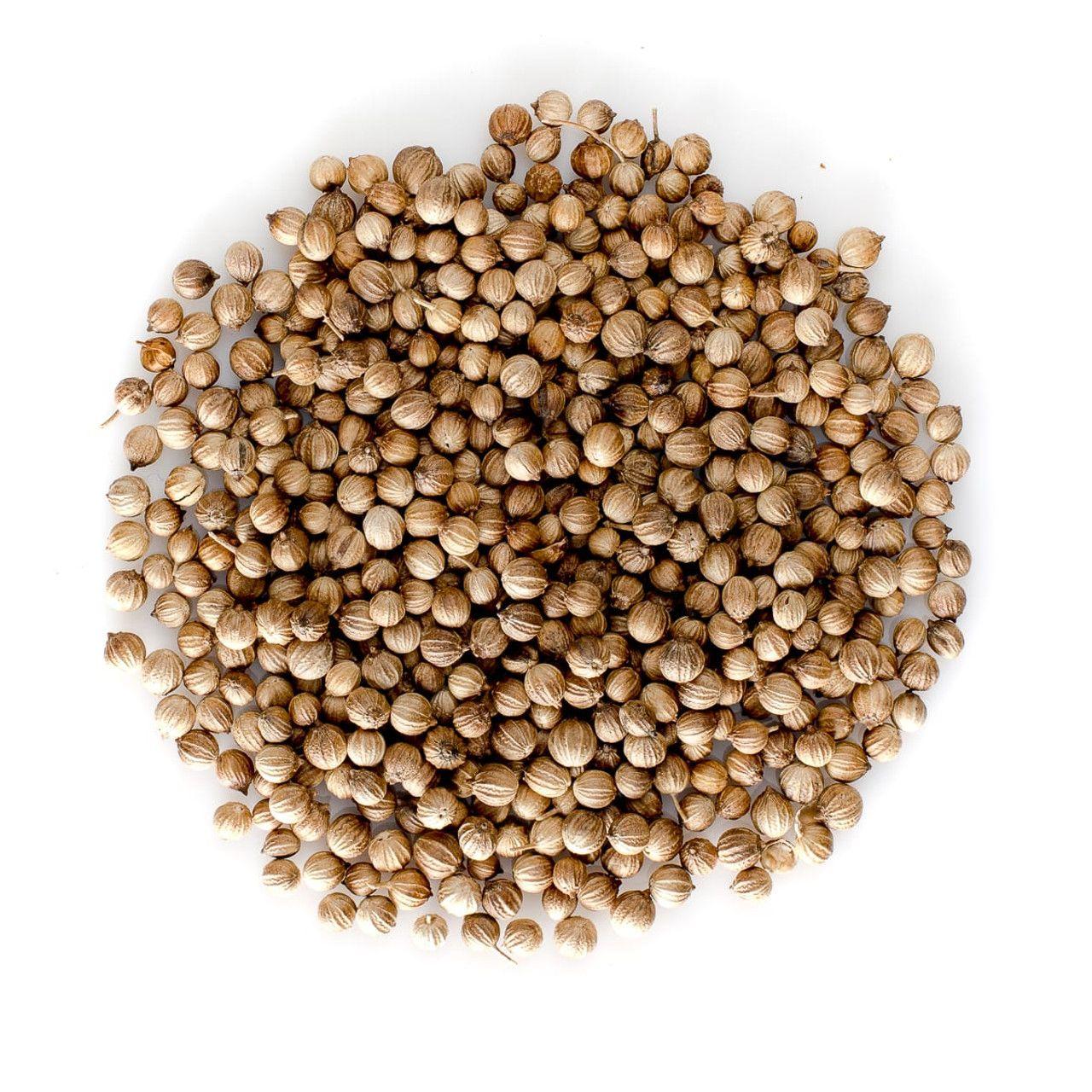
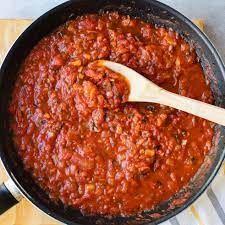

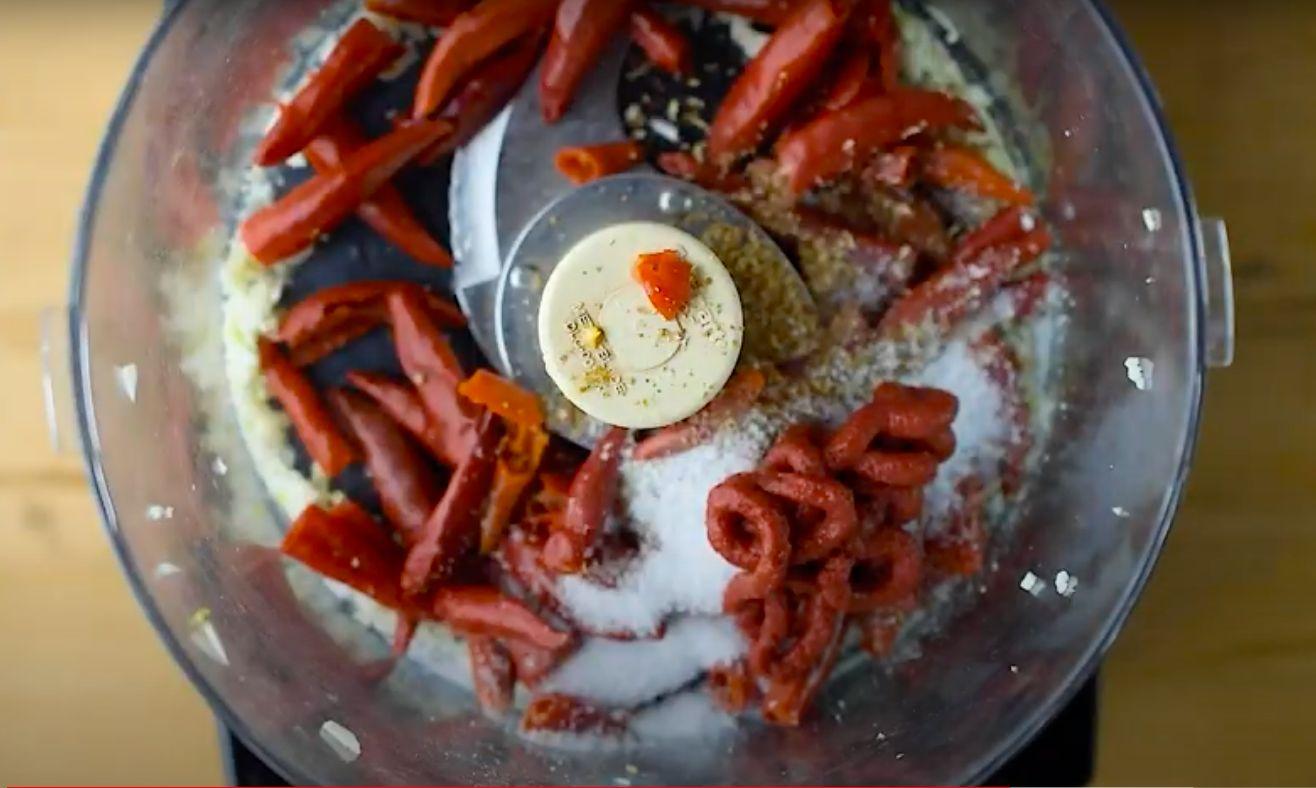
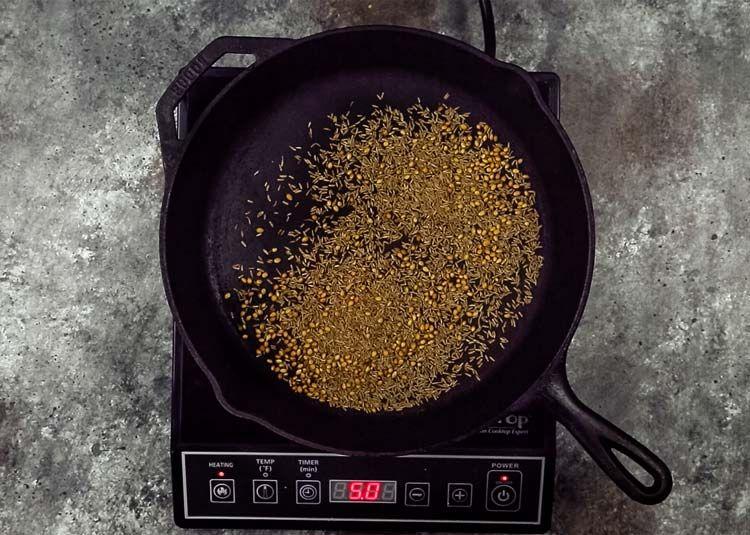

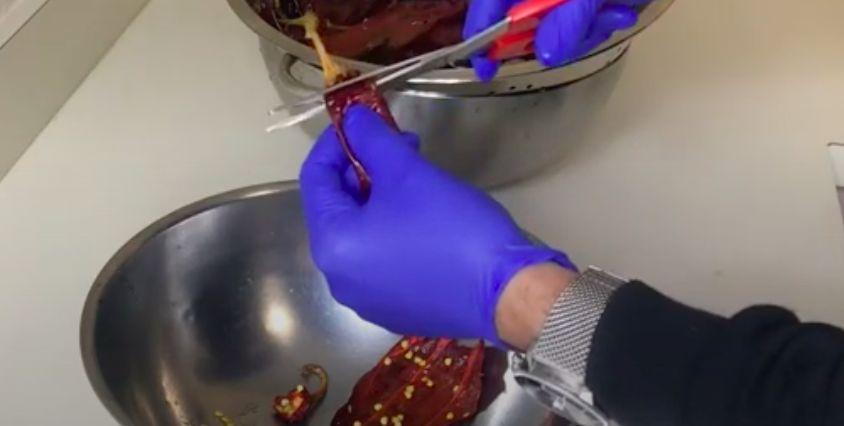

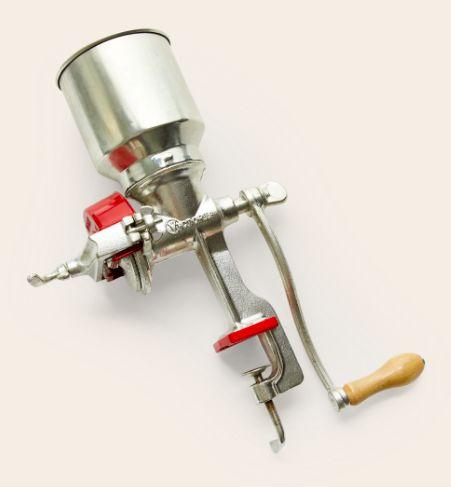


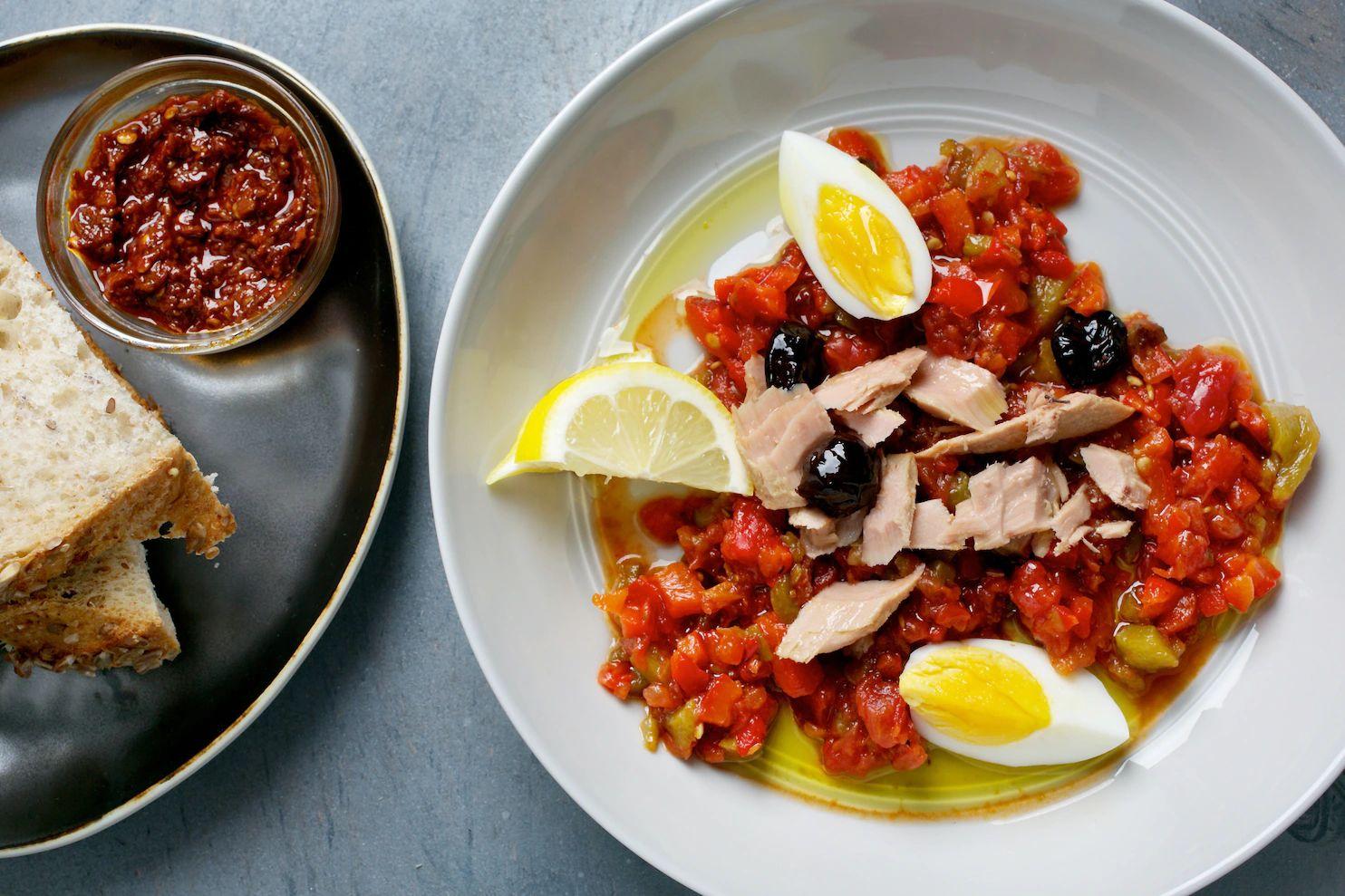


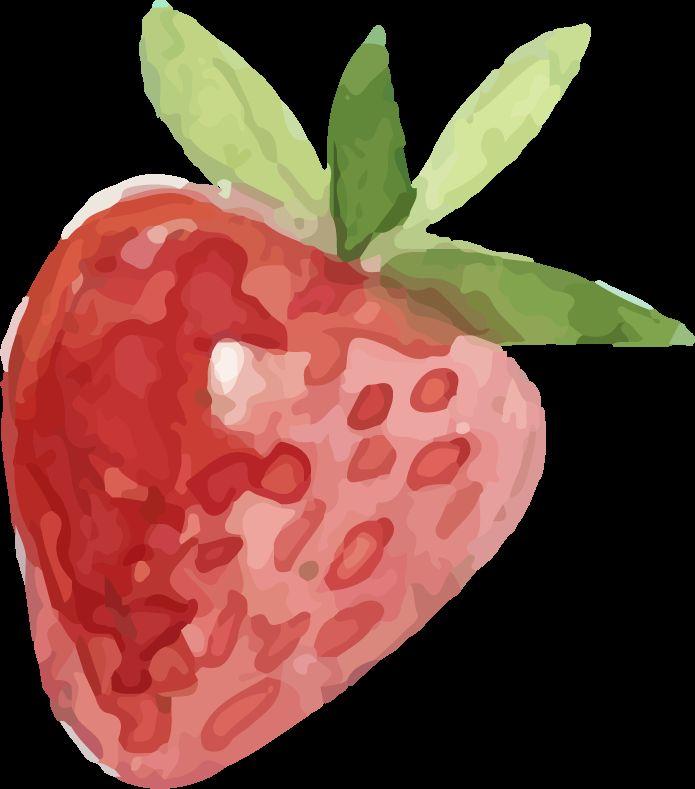
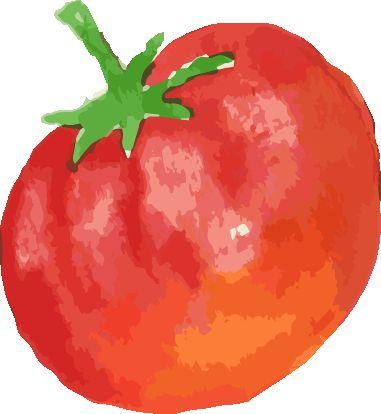



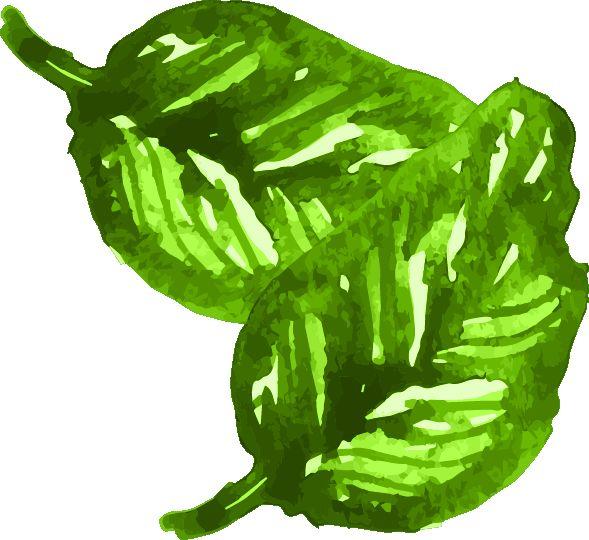
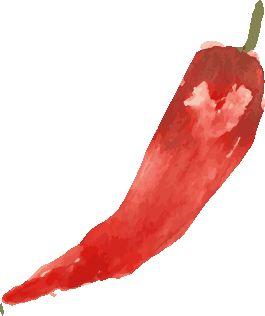

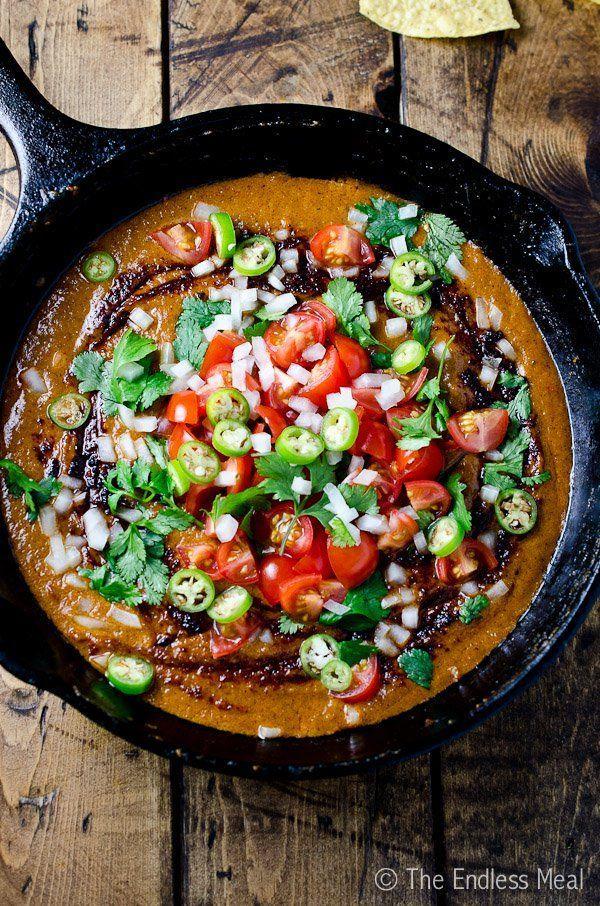
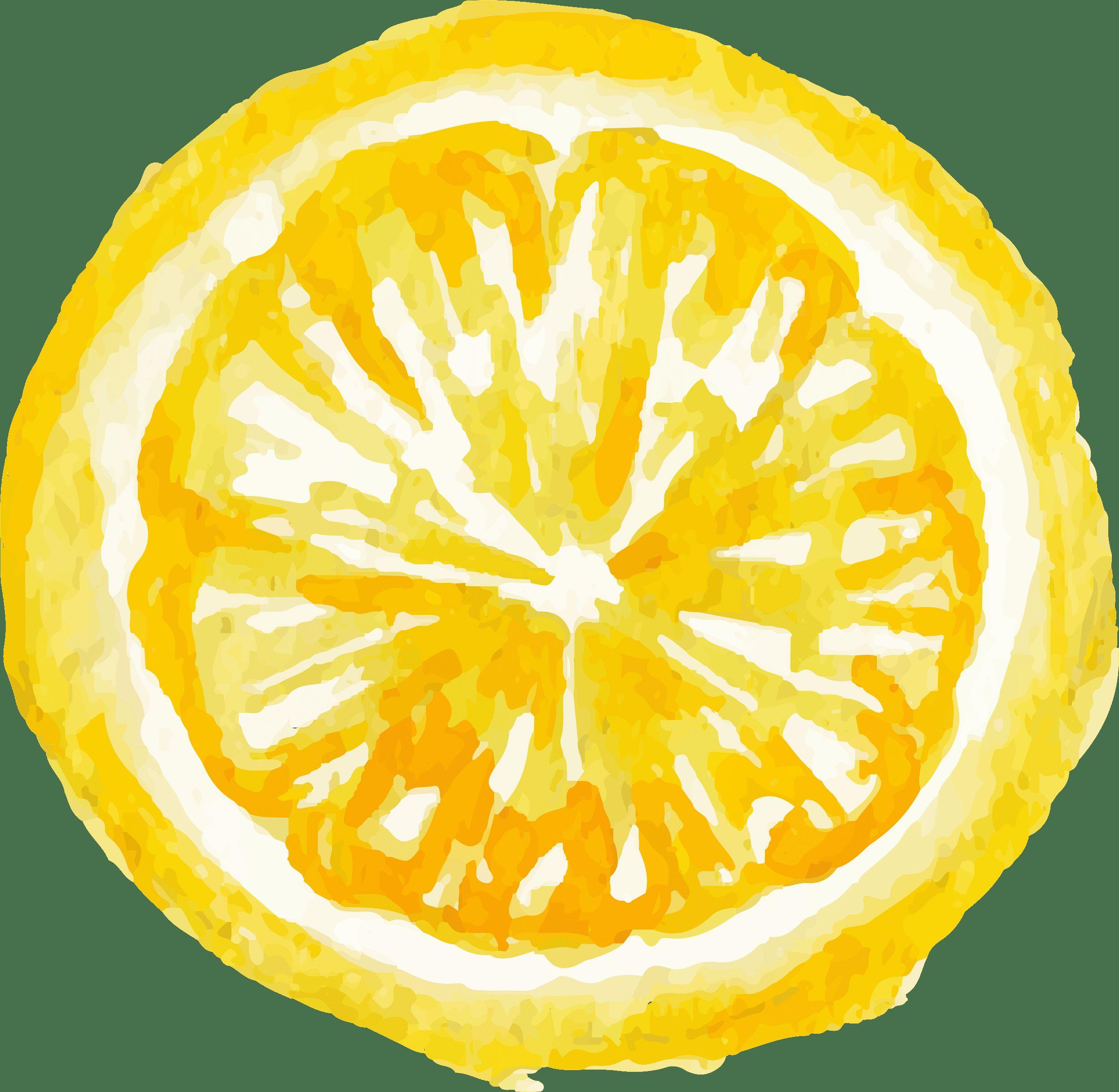

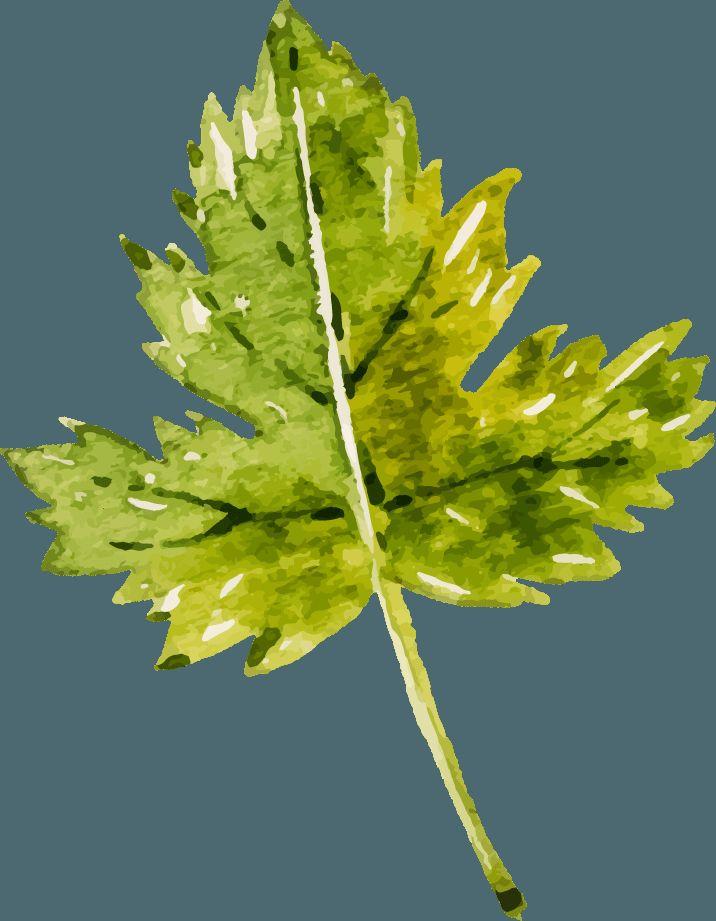
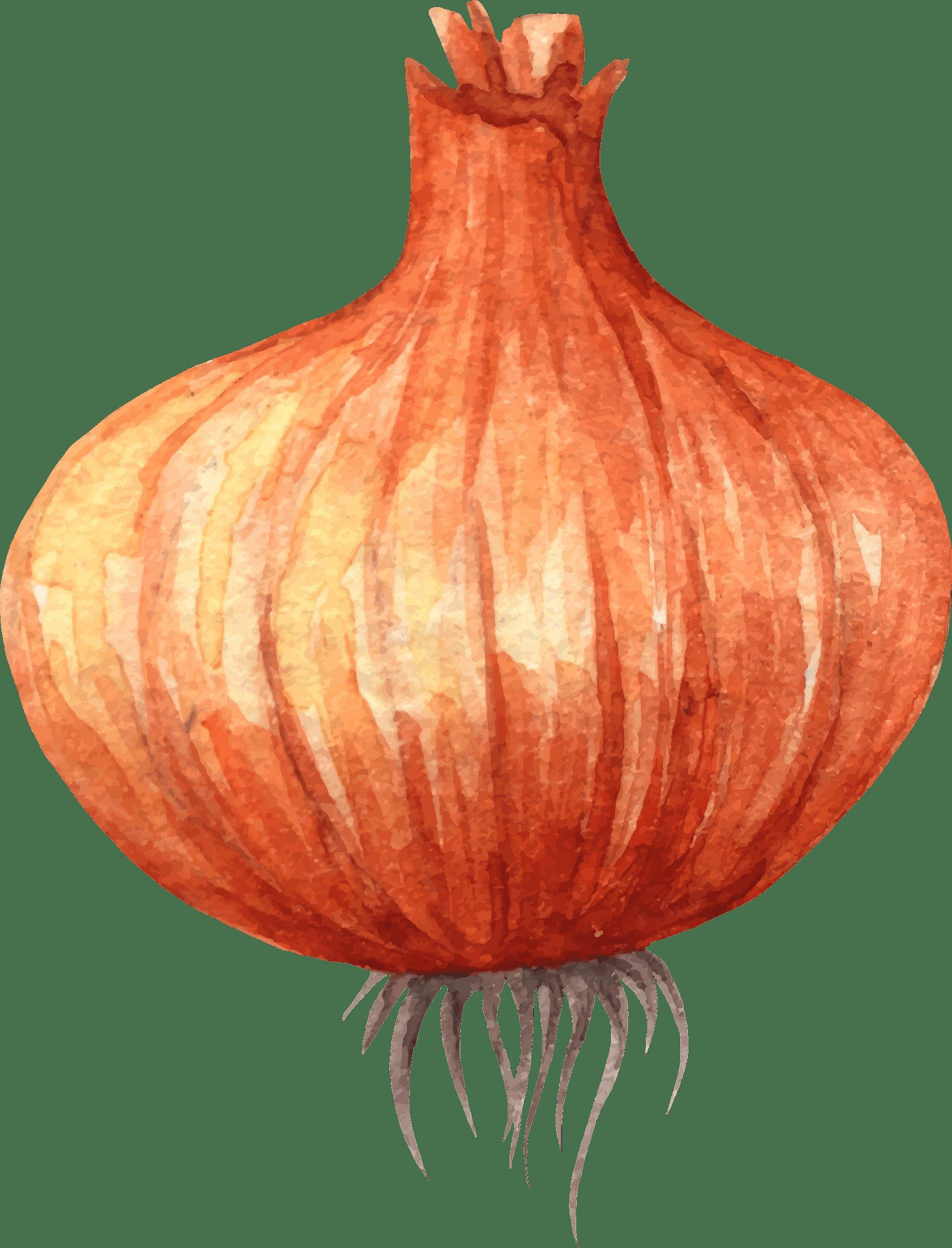




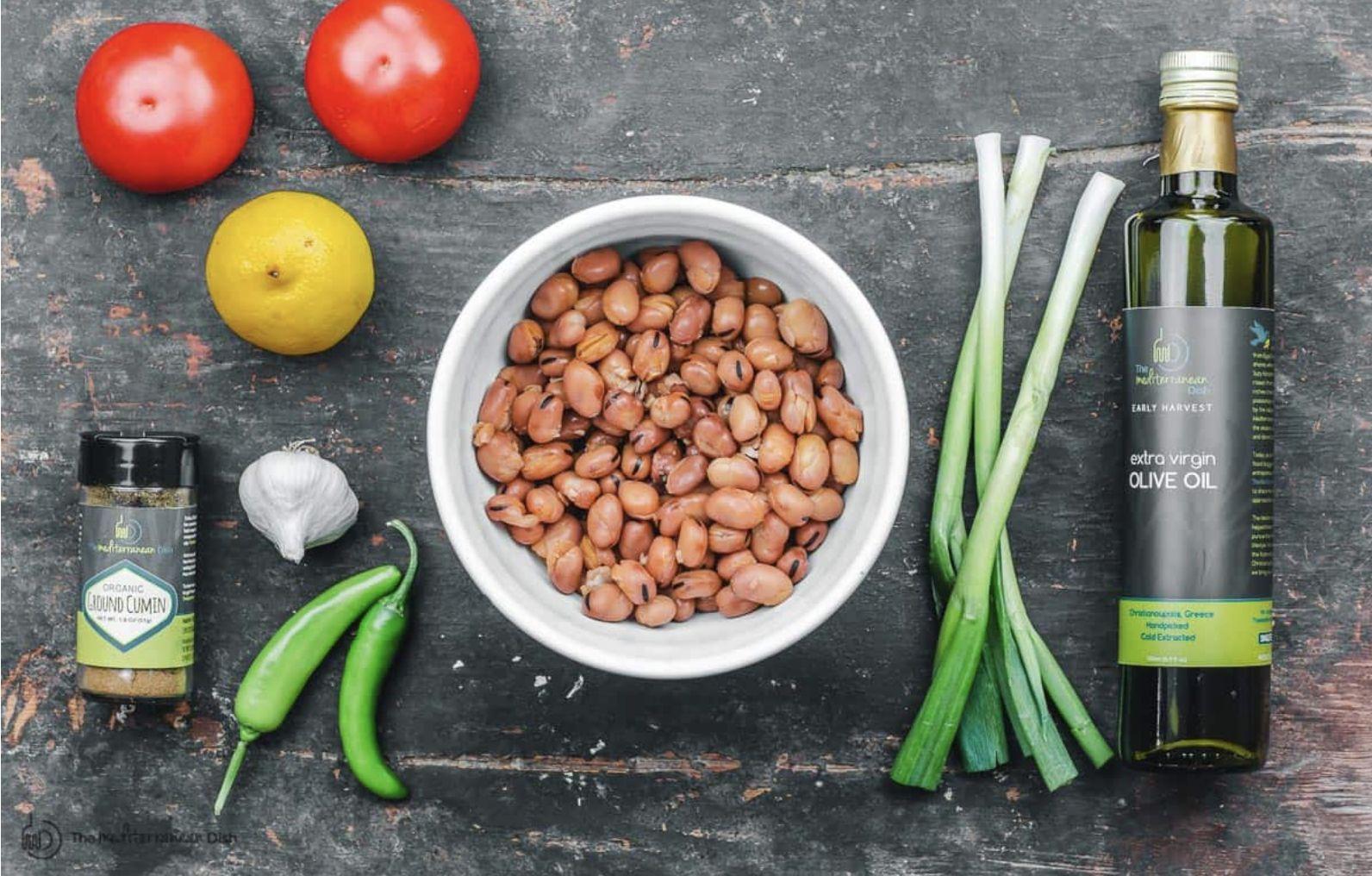

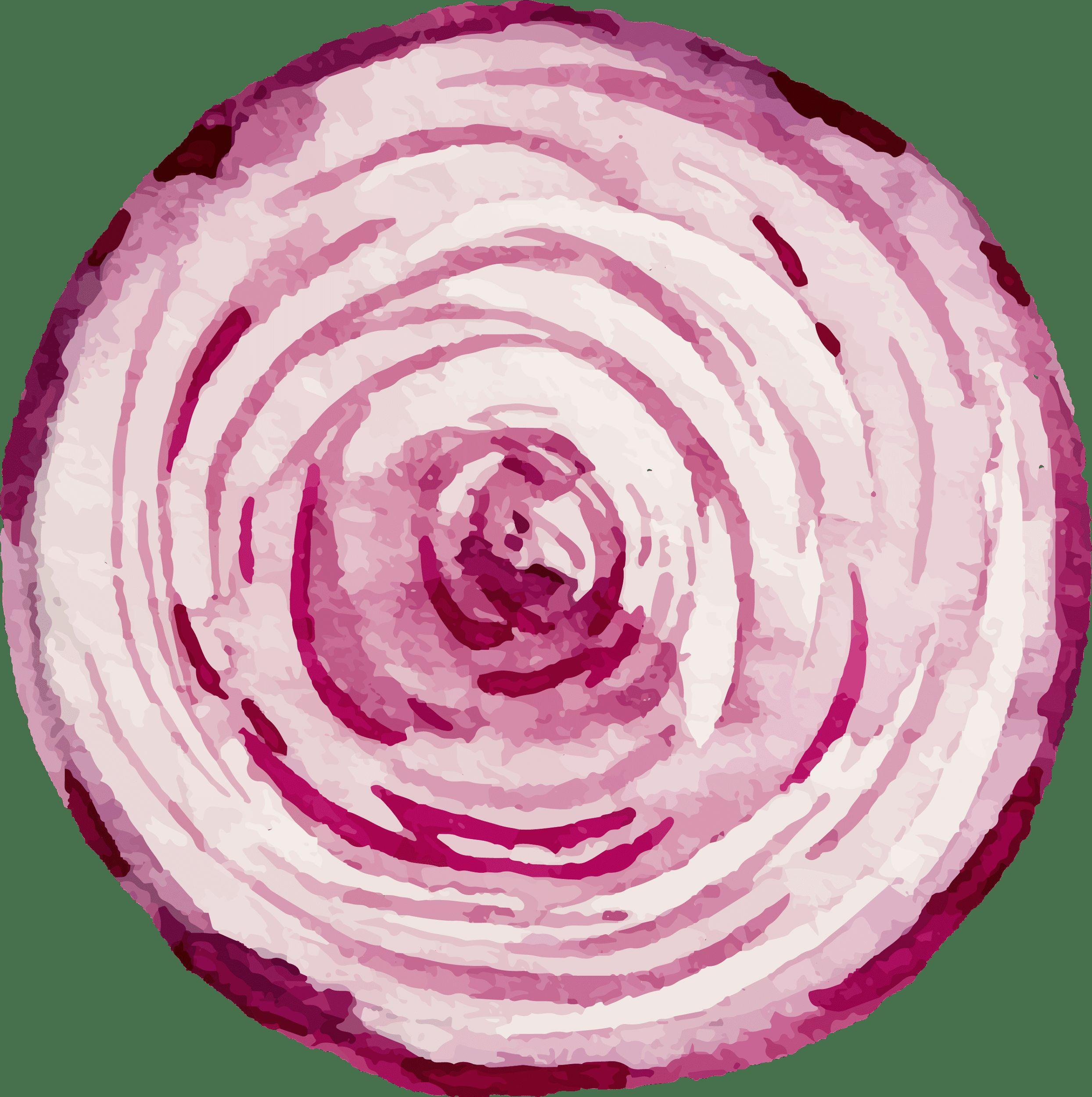



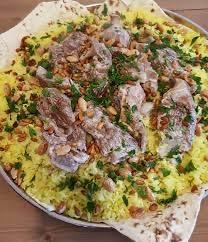 By Lauren Brodsky
By Lauren Brodsky
Step 1: Wash the meat cubes and set them on a dish with a cover. Cover the meat with water, cover the tray, and refrigerate for 4-8 hours.
Step 2: In a big skillet over medium-high heat, melt 1/4 cup of the clarified butter. Meat cubes should be drained and patted dry. Cook for 20 minutes, or until browned on both sides, in a skillet. Season the meat with salt and pepper to taste, and cover with water. Reduce the heat to low, cover, and cook for 1 hour. Cook for 30 minutes, uncovered, with onions.
Step 3: While the meat and onion are cooking, stir the yogurt in a large saucepan over medium heat until it is liquid. Whisk in the egg white and 12 tsp salt. Bring yogurt mixture to a boil slowly, stirring frequently with a wooden spoon in one direction only, until desired consistency is reached. Reduce the heat to low and let the yogurt to softly simmer for 10 minutes, uncovered.
• Step 4: Stir yogurt into meat and add seasonings as desired. Simmer gently for 15 minutes. Taste and adjust seasonings, as needed.
• Step 5: Melt 2 tablespoons of the remaining 4 tablespoons of clarified butter in a small pan. Cook for 5 minutes after adding almonds. Add pine nuts and cook for 3 minutes. Set aside after removing from the heat.
• Step 6: Split the khubz (type of flatbread) loaves open and lay them on a large serving platter, overlapping. Brush the khubz with the remaining 2 tablespoons of butter to soften it. Arrange the rice over the khubz, leaving a well in the center. Spoon the meat into the rice nicely, followed by the butter and almonds. Sprinkle with parsley or chives.
• Mansaf is Jordans national dish
• Mansaf is so significant in Jordan that it has been used to mediate conflicts and restore peace among Jordanian tribes
• Mansaf is a traditional dish served to honor guests
• It is traditionally eaten in the rural Bedouin style
• Eating Mansaf is a bonding experience; sharing the same plate and food is the greatest display of hospitality and generosity
• This dish is a prime example of Jordanian culture and hospitality since it is intended to unite people through a shared plate of food and the shared appreciation of the food
• https://www.cheftariq.com/recipe/mansaf/
• https://theodehlicious.com/jordanian -mansaf-recipe/
• https://www.food.com/recipe/jordanian-mansaf-484562
• https://migrationology.com/mansaf-jordan/
→ koshari originated in India and goes all the way back to the time of British
→ the name “Koshari” is actually from the Hindu “khichri”, which refers to a dish of lentils and rice.
→ when the British arrived in Egypt in the late 1800's they brought this dish with them – it was inexpensive and filling.
→ it is now Egypt’s national dish
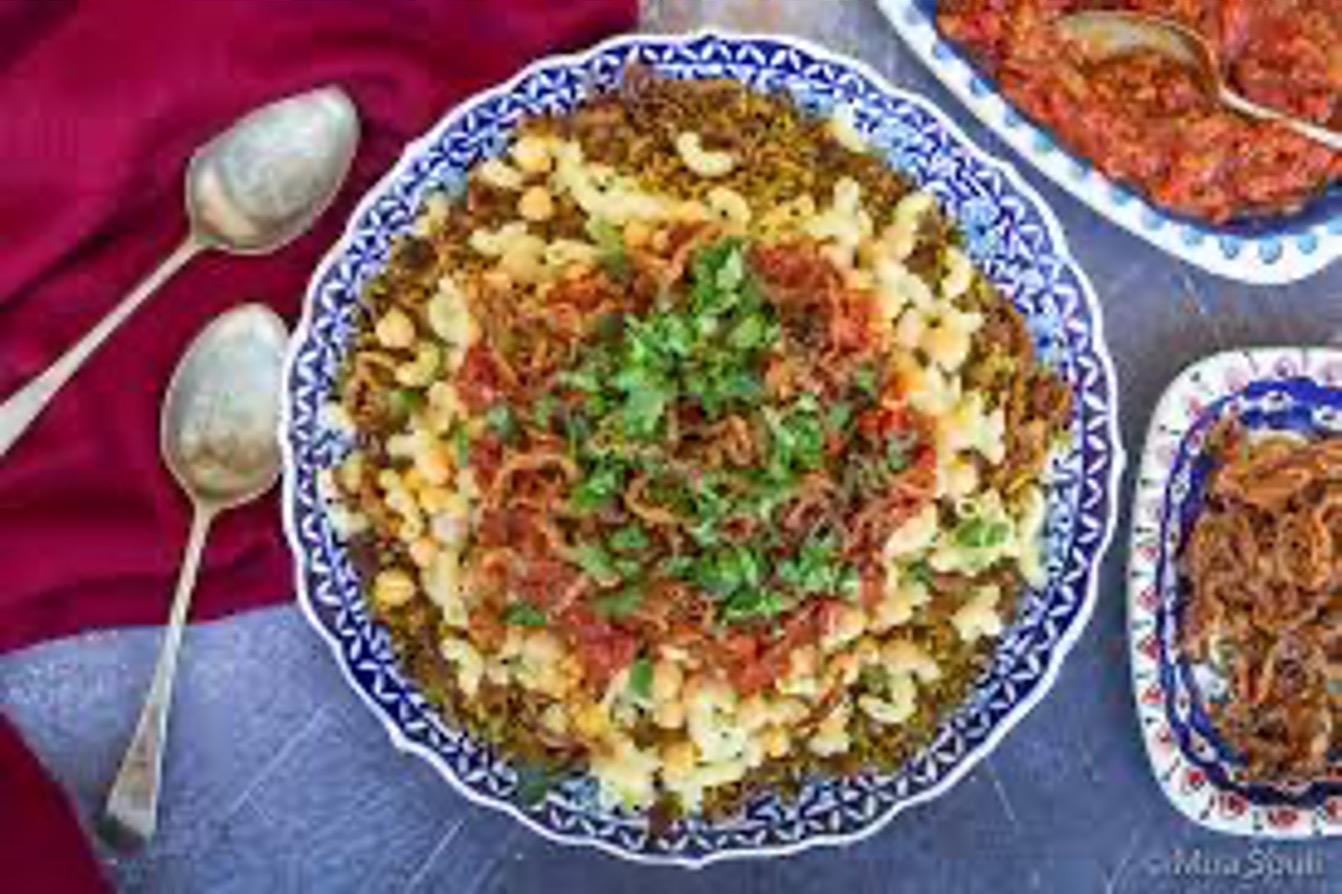

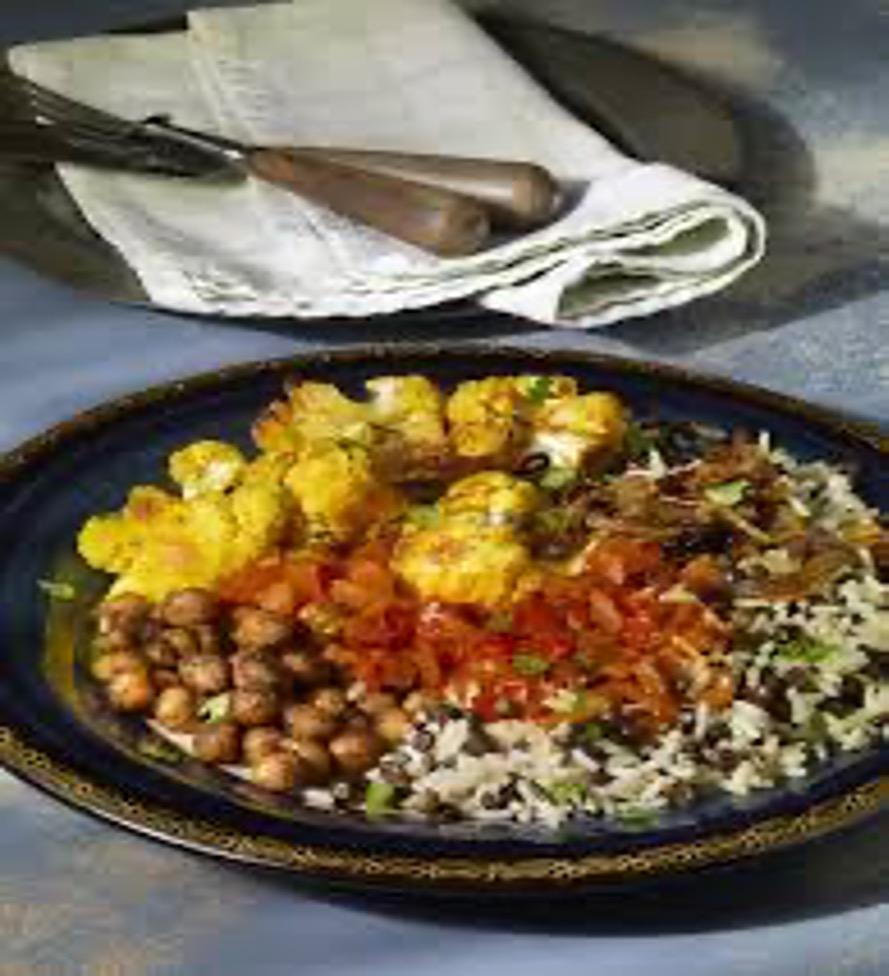
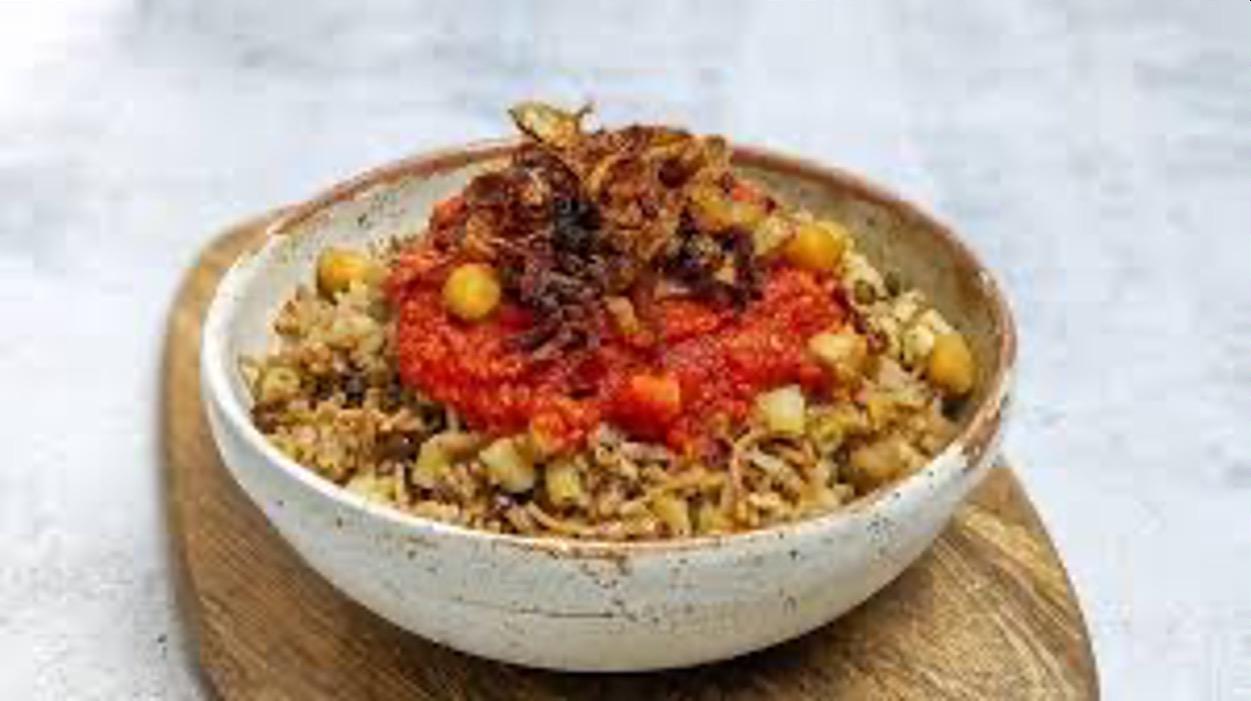
→ for crispy onion topping
- 1 large onion, sliced in thin rings
- salt - ⅓ cup all purpose flour - ½ cup of cooking oil
→ for tomato sauce
- cooking oil -
1 small onion, grated
- 4 garlic cloves, minced
- 1 tsp ground coriander
- ½ - 1 tsp crushed red pepper flakes (optional)
- 1 can 28 oz tomato sauce
- salt and pepper - 1-2 tsp distilled white vinegar
→ for koshari -
1 ½ cup brown lentils, picked over and rinsed - 1 ½ cup medium grain rice, rinsed, soaked in water for 15 minutes, drained - 1 tsp each salt and pepper - ½ tsp coriander - 2 cups elbow pasta - Cooking oil - Water -
1- 15 oz can chickpeas, rinsed, drained and warmed
→ make crispy onion topping
- sprinkle onion rings with salt, then toss in flour to coat. shake off excess flour
- in a large skillet, heat the cooking oil over medium-high heat, cook the onion rings, stirring often, until they turn a nice caramelized brown. onions must be crispy, but not burned (15-20 minutes)
→ make tomato sauce
- in a saucepan, heat 1 tablespoon cooking oil. add the grated onion, cook on medium-high until the onion turns a translucent gold (do not brown). now add the garlic, coriander, and red pepper flakes, if using, and saute briefly until fragrant (30-45 seconds more).
- stir in tomato sauce and pinch of salt. bring to a simmer and cook until the sauce thickens (15 minutes or so).
- stir in the distilled white vinegar, and turn the heat to low. cover and keep warm until ready to serve.
- cook the lentils. bring lentils and 4 cups of water to a boil in a medium pot or saucepan over high heat. reduce the heat to low and cook until lentils are just tender (15-17 minutes). drain from water and season with a little salt. (note: when the lentils are ready, they should not be fully cooked. they should be only par-cooked and still have a bite to them as they need to finish cooking with the rice).
- now, for the rice. drain the rice from its soaking water. combine the par-cooked lentils and the rice in the saucepan over medium-high heat with 1 tablespoon cooking oil, salt, pepper, and coriander. cook for 3 minutes, stirring regularly. add warm water to cover the rice and lentil mixture by about 1 ½ inches (you'll probably use about 3 cups of water here). bring to a boil; the water should reduce a bit. now cover and cook until all the liquid has been absorbed and both the rice and lentils are well cooked through (about 20 minutes). keep covered and undisturbed for 5 minutes or so.
- now make the pasta. while the rice and lentils are cooking, make the pasta according to package instructions by adding the elbow pasta to boiling water with a dash of salt and a little oil. cook until the pasta is al dente. drain.
- cover the chickpeas and warm in the microwave briefly before serving.
- to serve, fluff the rice and lentils with a fork and transfer to a serving platter. top with the elbow pasta and ½ of the tomato sauce, then the chickpeas, and finally ½ of the crispy onions for garnish. serve, passing the remaining sauce and crispy onions separately.
 By: Kayla Meade
By: Kayla Meade

• Couscous originates from regions of North Africa
• Evolved all the way through the middle east
• Couscous is made from the flour of Durum wheat; most people do not know couscous is a variation of pasta
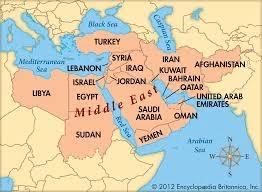
• 1 c. couscous
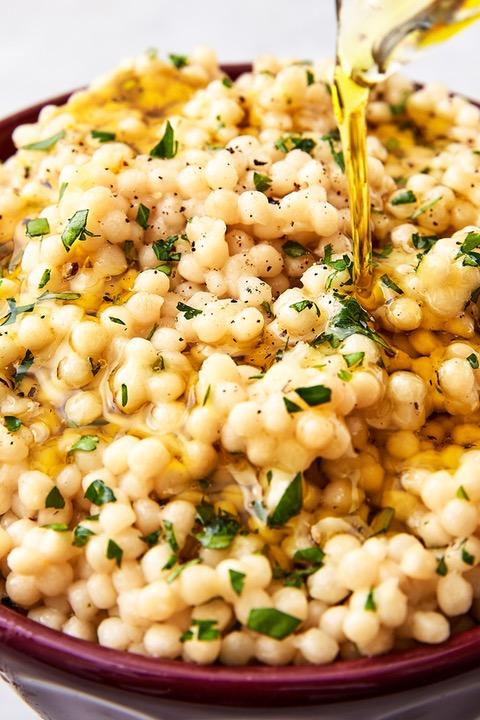
• 1 1/2 c. low-sodium chicken broth
• 2 tbsp. extra-virgin olive oil
• Juice of 1/2 a lemon
• 2 tbsp. freshly chopped parsley
• Kosher salt
• Freshly ground black pepper
• Pinch red pepper flakes
Step 1
Rinse couscous under cold water until water runs clear.
Step 2
In a medium saucepan over medium heat, bring broth to a boil. Add couscous, then cover with a lid and remove from heat. Let sit 10 minutes, then fluff with a fork.
Step 3
Add oil, lemon juice, and parsley. Season with salt, pepper, and a pinch of red pepper flakes.
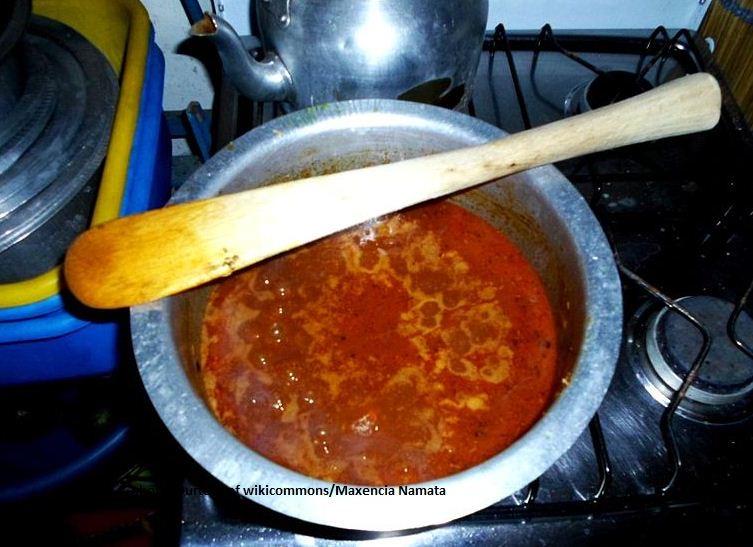 A Lamb and Yogurt Sudanese Dish, by Adam Mustafa
A Lamb and Yogurt Sudanese Dish, by Adam Mustafa
• 1 lb. of lamb (ground or minced)
• 2 tablespoons canola or safflower oil
• 2 onions, chopped
• 3 large cloves of garlic, minced
• 2 cups water
• 2 tablespoons of flower
• 2-3 tablespoons of lamb bouillon
• 2 tablespoons peanut butter (unsweetened is best)
• 2 tablespoons tomato paste
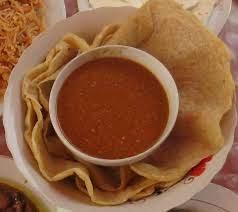
• 1 cup of plain yogurt
• Coarse sea salt and red pepper flakes
• Heat the oil in a saucepan on low heat.
• Add onions, garlic, and lamb, stir to combine, and sauté until brown.
• Add the water to the sauce and let it simmer for 10 minutes.
• Combine the flour and bouillon in a separate bowl to make a roux (used to thicken the sauce).
• Add the roux to the saucepan along with the peanut butter, tomato paste, and yogurt. Stir to combine it all.
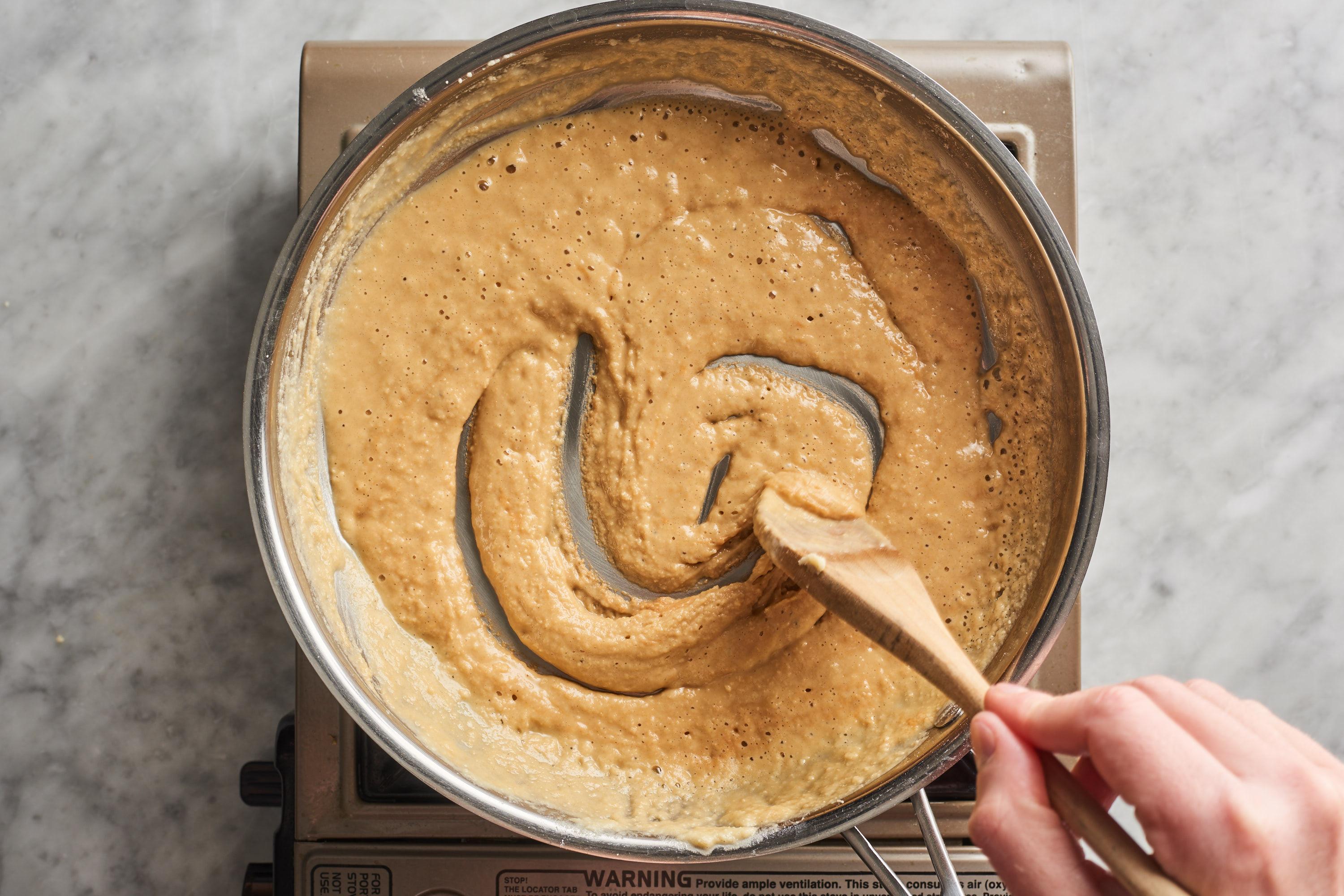
• Lower the heat and continue to let it cook for about 5 minutes or until it thickens.
• Add the salt and red pepper flakes for taste.
• Serve with crusty bread.
• Mullah Robe is a classic and well-known dish in Sudan, used for times of celebrations and during the month of Ramadan for Muslims.
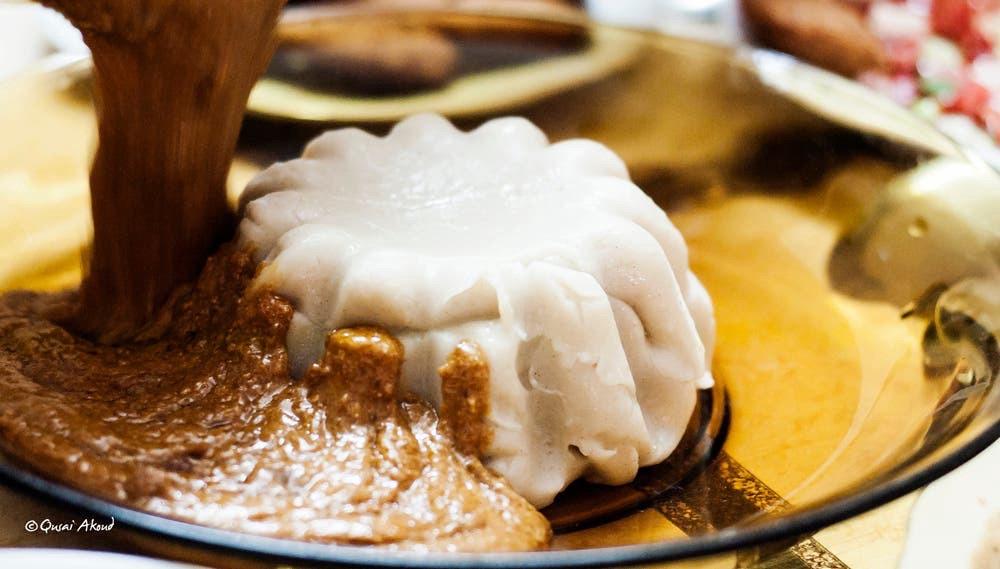
• Originated from Ottoman times, where Syrian and Arab traders influenced the region’s cuisine by introducing seasonings such as garlic and red pepper.
• Dried okra is often used as the thickener for mullah, but many Sudanese find it easier to use peanut butter.
• You generally would use dried lamb jerky in Sudan instead of minced lamb as the form of the meat, but many find it easier to mince the lamb in the Western world.
• A common remix of the mullah robe seen in the West is combining Asida with the Mullah Robe, seen in the left image, once again used heavily during Ramadan, even now in Sudan.

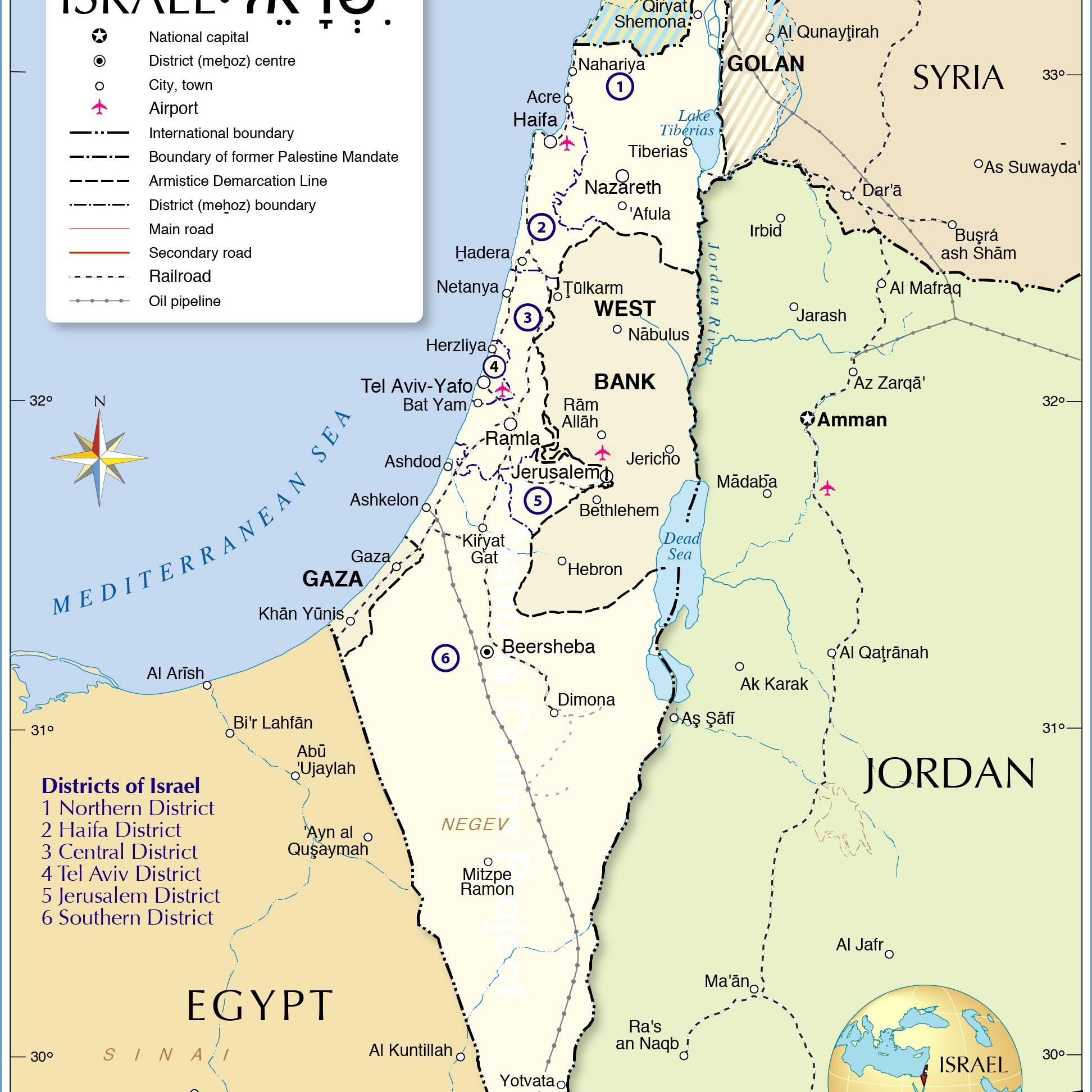










• Shakshuka is made of eggs cooked in tomato sauce, and pepper, sometimes onions, herbs, and sometimes cheese.
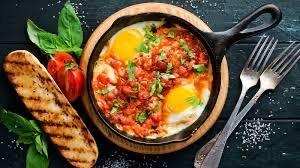
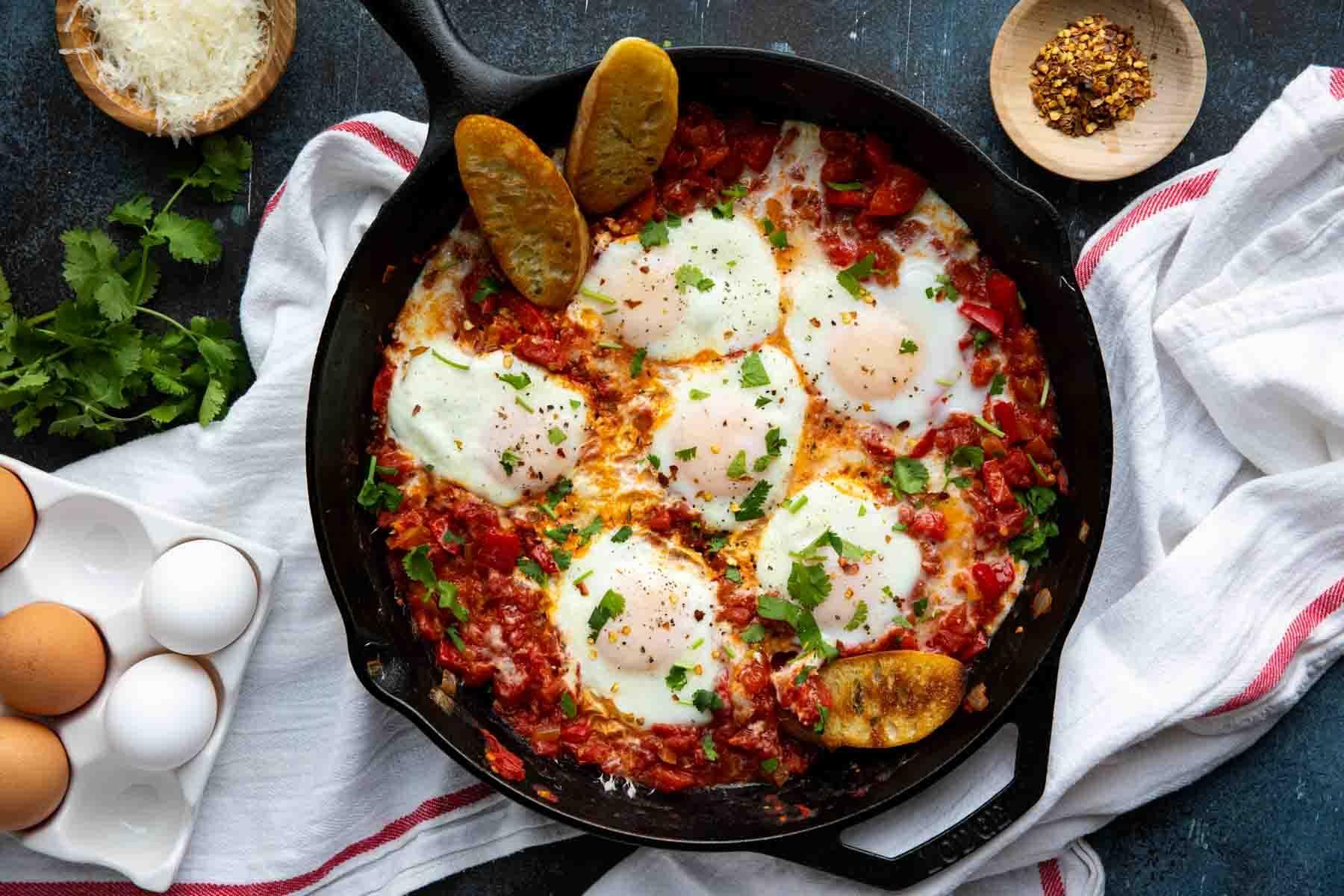
• It is cooked in an iron pan and served in the same pan.
• It is also served with bread, which is meant for dipping and eating






































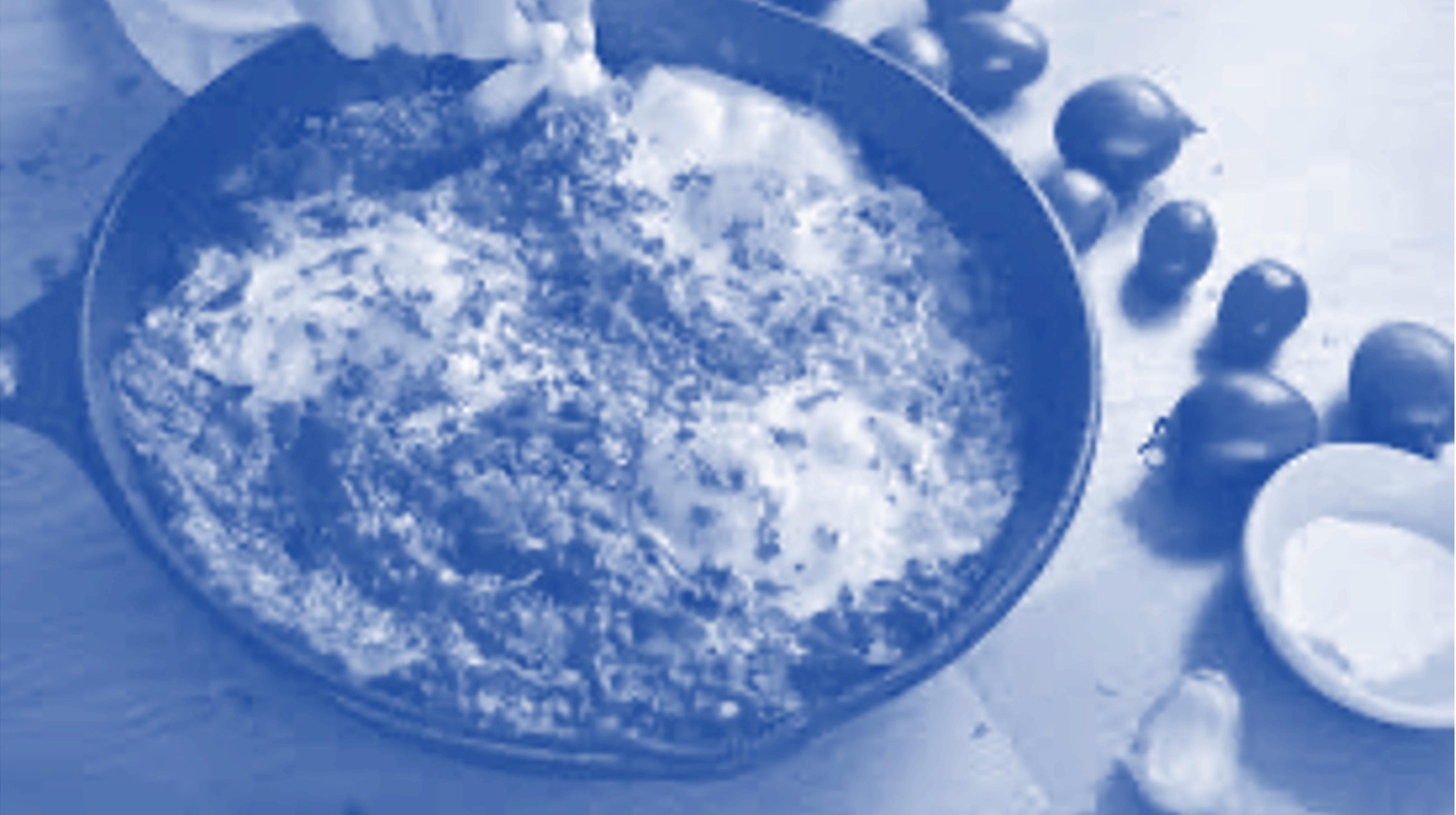
• You can serve shakshuka for breakfast, lunch or dinner!
• Since it is so easy to make and only requires one pan, it is popular at picnic brunches or light dinners.
• Shakshuka is Arabic for “all mixed up”.
• Part of the reason shakshuka is still so popular is because it’s affordable and filling.

•
•
•

• Toast the walnuts in the oven on a large pan.
• Poach chicken with the onion and parsley. (Img 1)
• Once done, set chicken aside to cool, keep the broth.
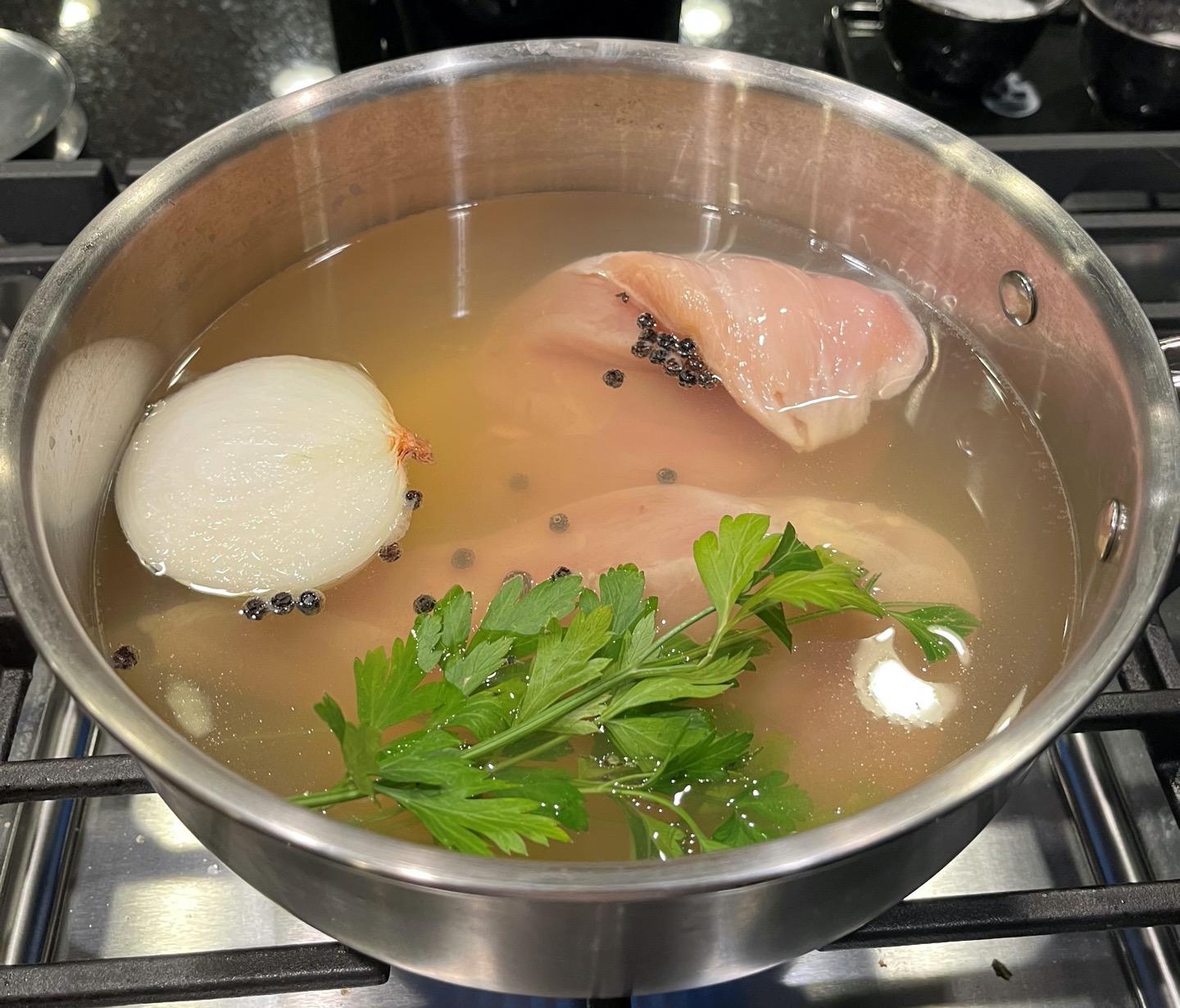
• Once the Walnuts are sufficiently toasted, place in a food processor or blender with the garlic cloves (peeled), the juice of half of a lemon, and a teaspoon each of Cumin and Salt.
• Run the food processor/blender on high, slowly adding the broth saved from the chicken (or prepared broth) until smooth sauce consistency is reached. (Img 2)
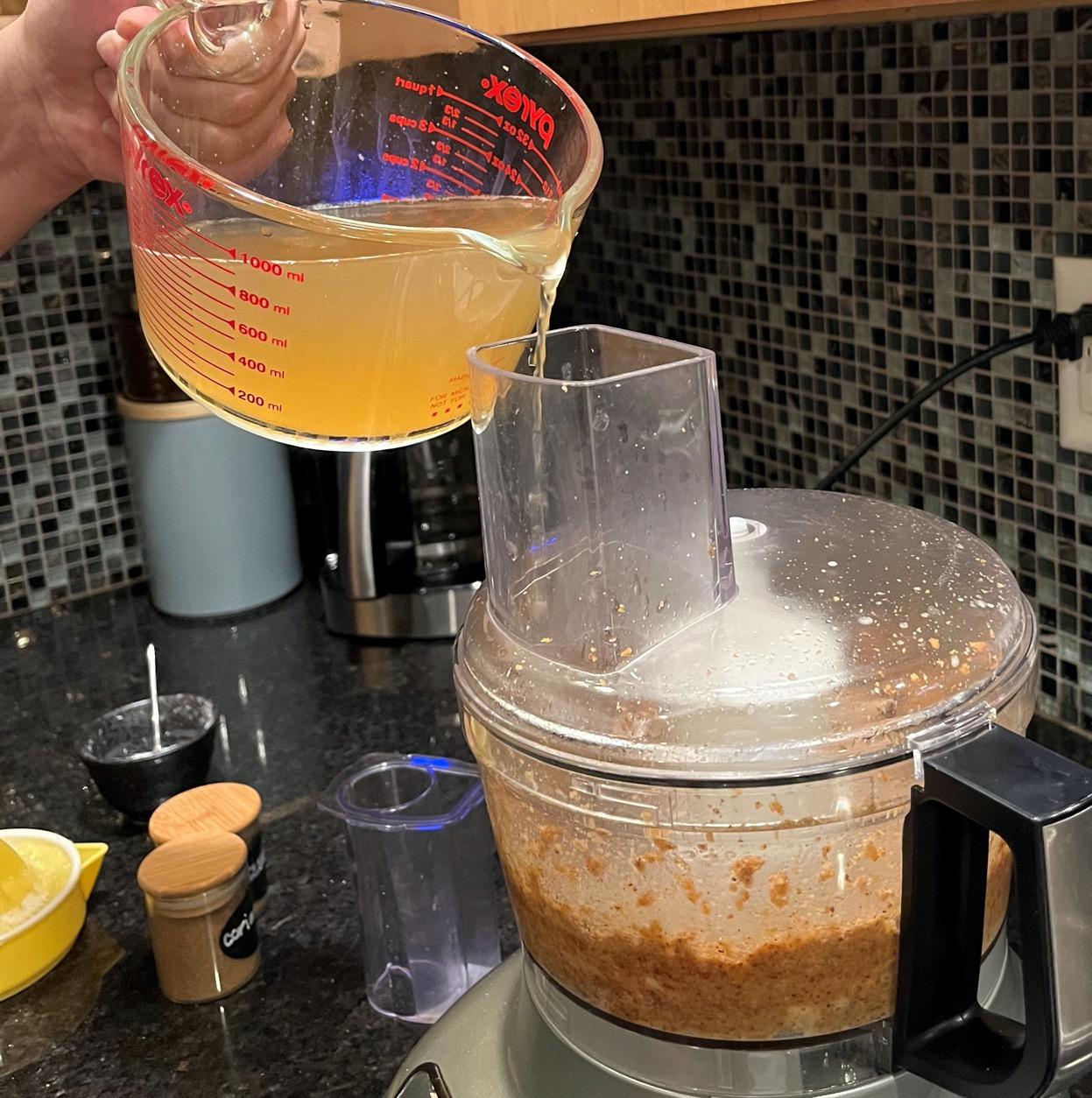
• Heat olive oil in a small pan (just enough to cover the center of the pan) with red pepper flakes, keep moving to prevent burning. (Img 3)
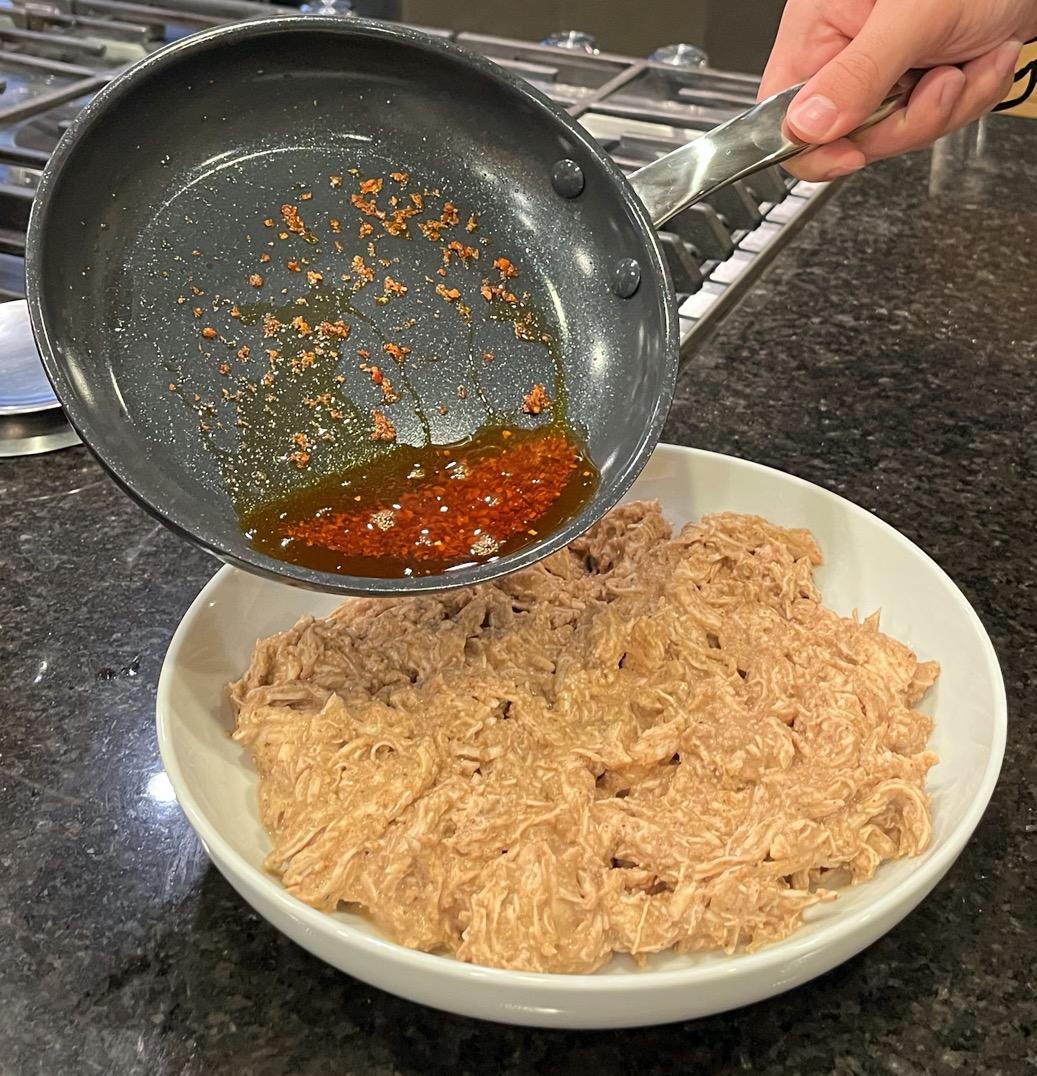

• Shred the cooled chicken and pour the sauce on, ensuring coverage. (Img 4)
• Pour red oil over the chicken, moving to cover as much chicken as possible, use leftover flakes for garnish.
• Circassian Chicken is a popular Meze dish in Turkey, usually served with Pita, and other meze dishes like Hummus, Kofte, and various Salads.
• Meze is a group of smaller, shared dishes served as a meal, similar to appetizers
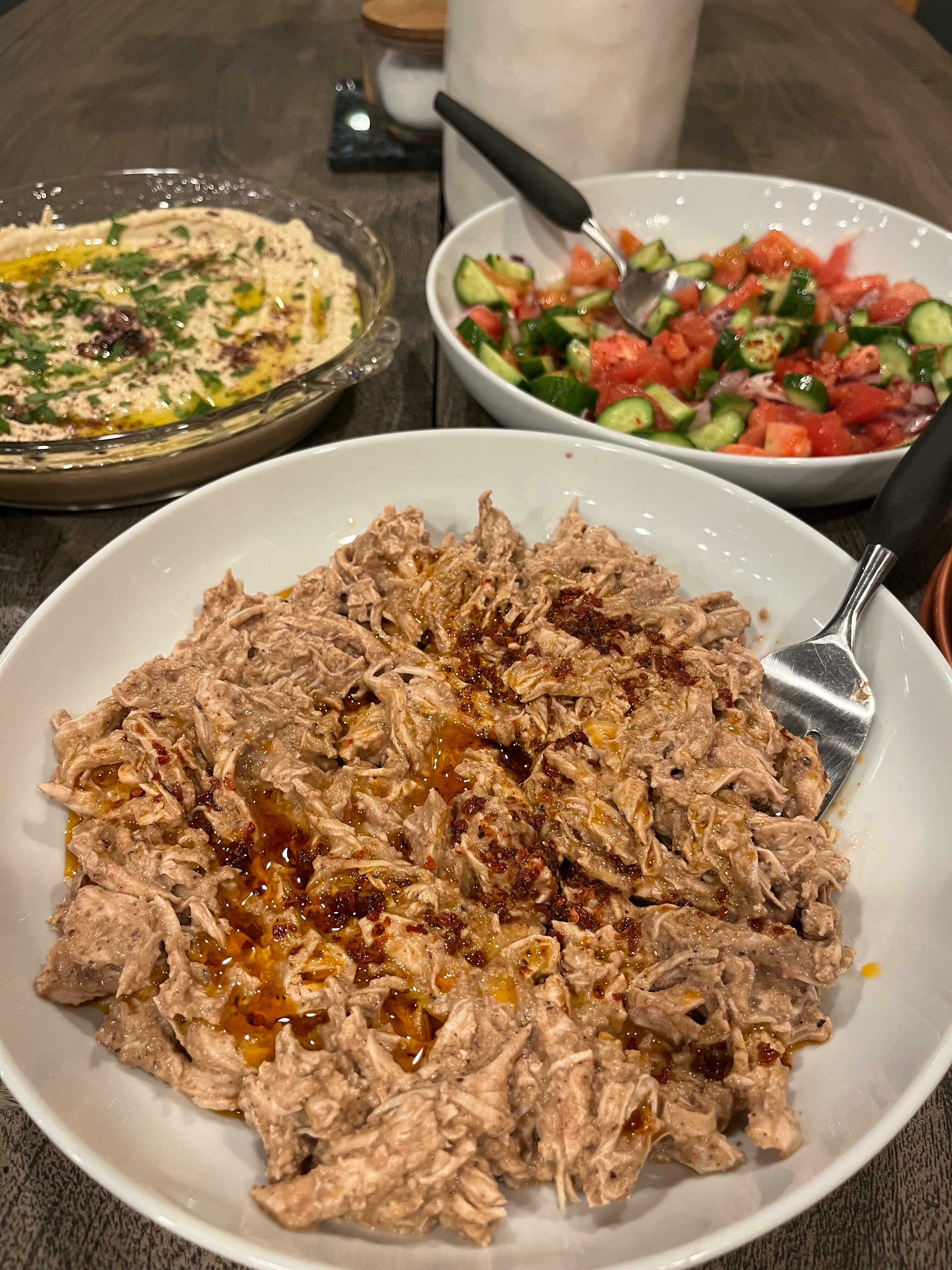
• The dish is traditionally served cold, but is served hot in some places, namely Georgia.
• The dish originates from Circassia, hence the name.

Make simple syrup: combine water, sugar, and lemon juice in a small saucepan over medium-high heat. Bring mixture to a boil, then reduce heat to summer, stirring occasionally until sugar is dissolves and the mixture is thickened but still clear colored, abut 5-7 minutes. Remove from the heat, add orange blossom water, and set aside to cool.
Make sugared nuts: In a large bowl, combine the walnuts and granulated sugar until well mixed.

2
Step 3: Preheat oven to 350 degrees. Brush the bottom of a 9x13 pan with clarified butter. Step 4: Open phyllo dough and unroll. Cut to fit into pan.
Step 5: Lay one stack of 20 phyllo sheets in the pan. Add about 5-10 more phyllo sheets on top of the first stack. Spread the nut mixture over the phyllo in one even layer. Lay the remainder 10-15 phyllo sheets over the nuts.
Step 6: Cut the baklava into diamond or square shapes.
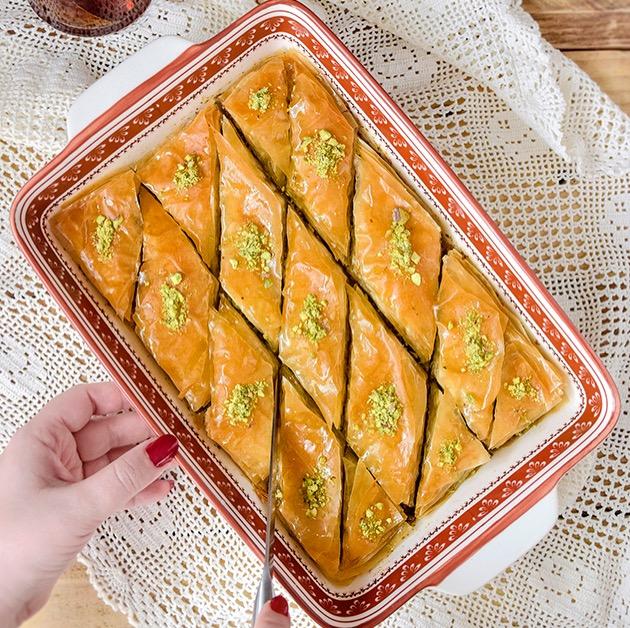
Step 7: Pour melted butter over the baklava evenly. Allow butter to settle in, about 5 minutes.
Step 8: Bake until golden brown all the way into the cut lines, about 5060 minutes, rotating the baklava halfway through baking.
Step 9: Remove pan from oven and immediately pour cooled simple syrup evenly over baklava. Allow to cool at room temperature for several hours before serving.
• It is a common dish for special occasions especially religious holidays
• Baklava is known to not only nourish the body but also bring happiness to the mind and spirit
• This dessert is commonly made for important guests
• It represents a symbol of their value
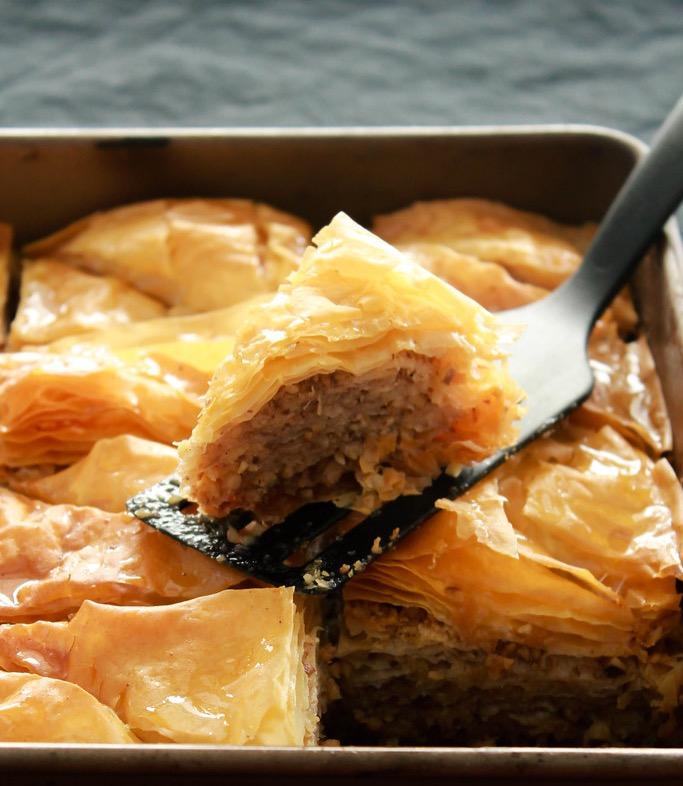
• The Assyrians invented Baklava and would trade it to other countries
• The Greeks produces the phyllo dough that is currently used to make Baklava
• Middle Eastern Communities introduced spices into the syrup to add more flavor
• When Baklava came into the Armenian society it was introduced to cinnamon, cloves, and sugar for the syrup
• The Arabs changed the recipe by adding fragrant water such as rose-water, cardamom, and orange-blossom water
• Middle Eastern Ethnic Group
• They lived in Iran, Turkey, Syria, and Iraq
• Created the first form of baklava from layers of bread dough that were stretched thinly and baked with chopped nuts and honey
• Served for special occasions, religious events, and weddings
• The skill of baking baklava was needed in order to please their rulers and rich people
• It was known as a luxury to be able to eat baklava on days that were not special occasions




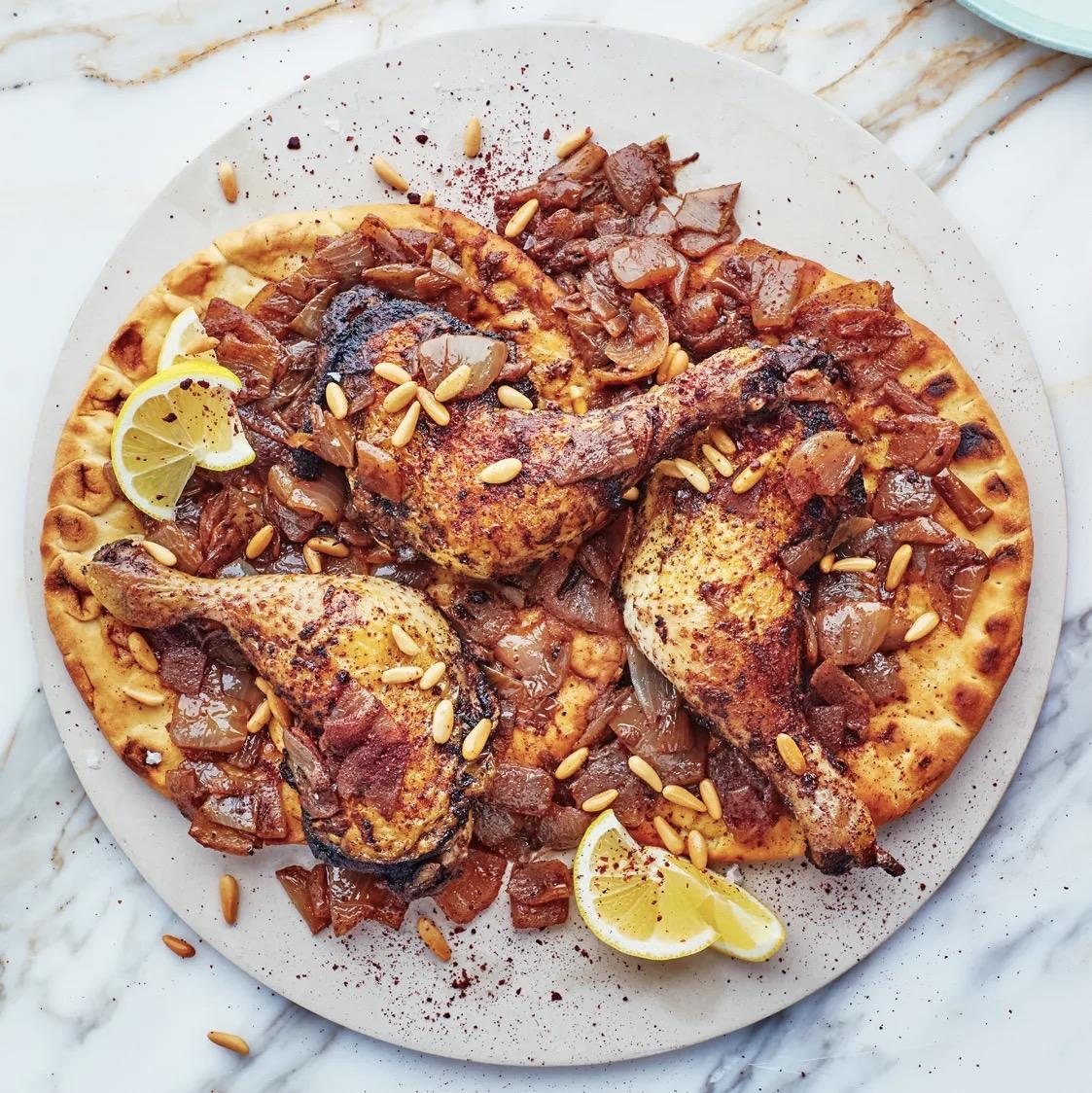
Musakhan is a Palestinian dish. It is considered the main regional dish of Palestine, and it originated from the areas of Tulkaram and Jenin'. It is a staple dish among Arab Israelis and Palestinians. Musakhan is usally also served with Taboon bread, which is a flat bread cooked in a clay oven.
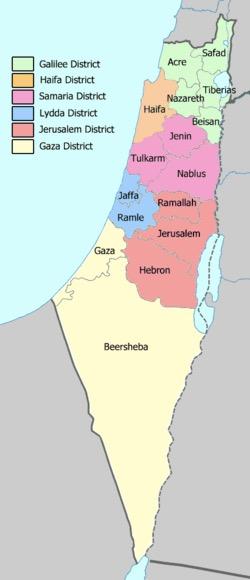
Musakhan is eaten by farmers to celebrate a good olive oil harvest.
My Arab roommate from Jerusalem said, "I eat Musakhan all time, especially at family gatherings. Musakhan is eaten both as a celebratory dish and as a casual meal."

The region has a confluence of influence because it is in the Western part of the levant. The region is home to the Abrahamic religions (Judaism, Islam, and Christianity). It has important religious sites like Dome of the Rock, Jewish temples, and it has the birthplace of Jesus. The area is so central geographically, culturally, and religiously that it has been "destroyed twice, besieged 23 times, attacked 52 times, and captured and recaptured 44 times," by various powers. This means that a myriad of cultures are represented by the many different groups of people living here.

